




Mark NIELSEN Citizen staff
mnielsen@pgcitizen.ca
A handful of city council candidates have put themselves in contravention of a city bylaw by posting signs larger than allowed for the spots where they have been posted. Signs measuring four-feet high by eightfeet wide in support of Garth Frizzell, Frank Everitt and Dave Fuller have been posted along Austin Road East at Highway 97 – a spot where the width is limited to 1.5 metres or four feet under the city’s election and political signs bylaw.
As well, although those posted on private property are limited to 16 square feet – ef-
fectively four-feet by four-feet – three signs measuring four-by-eight feet were up on residential properties in support of Brian Skakun, Kyle Sampson and Frizzell as of Wednesday. Reached for comment, Frizzell, Everrit, Skakun and Sampson said they will all make changes to put their campaigns back in accordance with the bylaw.
“Everybody has to abide by the bylaw, so when I find out anything that’s off, I’m going to go and absolutely make sure that I abide by it,” Frizzell said.
“When mistakes are made, you go and fix them.”
Frizzell and Sampson followed up with phone calls Wednesday to say they were
in the process of taking the problem signs down.
As incumbents, Frizzell, Everitt and Skakun were members of the city council that passed the bylaw in July 2017. It designates specific areas around the city where election signs can be posted in answer to concerns about unsightliness and safety.
However the bylaw, as it applies to Austin Road, poses a wrinkle. It’s the only spot where the width is limited to 1.5 metres, while those for most of the other 13 spots where signs are allowed around the city range from two to as much as 20 metres.
The lone exception is a 70-metre stretch along 15th Avenue, along the north side of the Exhibition Park soccer fields, where the
Mark NIELSEN Citizen staff
City council will consider converting the Quinn Street recycling depot back into a full-blown transfer station as part of its battle against illegal dumping –but doing so could cost plenty of money.
City council voted unanimously last week in favour of Coun. Brian Skakun’s motion to direct administration to work with the Fraser-Fort George Regional District to develop a strategy to reduce the practice. And in doing so, they agreed to an amendment from Coun. Frank Everitt directing staff to also look at the possibility of handling household garbage at the site once the FFGRD’s lease of the site concludes at the end of April next year.
The idea is to give households within city limits that do not get pickup service an option other than going to the Foothills landfill to dispose of household garbage, Everitt said Wednesday. Prior to 2013, the Quinn Street site had been a transfer station where household garbage could be dropped off but was scaled back to a recycling depot and a drop-off point for yard waste when the FFGRD took over the site. Everitt’s proposal could clash with a plan to convert the site into a storage facility for road salt. In January, council backed away from a proposal put forward by Everitt and Skakun to reopen a sani dump

at the site for that very reason.
The material is currently being stored in piles at the 18th Avenue public works yard but the site is too small and falls short of meeting federal government environmental standards, council was told.
“We do not have any containment for any of the leachate that comes off of those salt piles,” public works director Gina Layte Liston told council at the time.
Constructing a proper facility at the adjacent Quinn Street property is preferred, according to staff, because of its close proximity and “an existing impermeable surface.”
Moreover, other land in the surrounding area costs about $1 million per acre and there are few other sites that would work, council was also told.
On Wednesday, Everitt said the city could at least make the site available for household garbage until work begins on a new storage facility. And he suggested giving his idea a closer look could be worth the effort.
“A lot of times we end up making decisions because we think that we have to do something immediately and when you take a second look at it or maybe a third look at it, if you will, some of those things aren’t quite as drastic as they were first thought to be,” Everitt said.
limit is 0.5 metres. Candidates remain free and clear to put up signs along Highways 16 and 97 – which includes First Avenue – because they are under provincial jurisdiction. A Ministry of Transportation and Infrastructure policy is much more wide open but does require that they not pose a traffic hazard, be posted on or obstruct a traffic control device and be further from the roadside than standard traffic signs. They are also prohibited from bridges, overpasses, tunnels or other highway structures.
City spokesman Mike Kellett said the city’s bylaw services department, which enforces the bylaw on a complaint-driven basis, has been notified.
Frank PEEBLES Citizen staff fpeebles@pgcitizen.ca
Omineca Arts Centre closed, but reopened a heartbeat later and never missed a beat of downtown rhythm.
The OAC got started at the corner of Third Avenue and George Street in 2016 when Emily Carr University launched an arts outreach program called the The Neighbourhood Time Exchange in partnership with Downtown Prince George. When that initiative came to a close, the local artists who had been attracted to the space and its energy kept it alive on their own under the OAC banner.
For a number of reasons, the space was not suitable to the dreams and realities of the OAC society members. They found a new home and the doors are now open at Third Avenue and Victoria Street only four blocks from their starting point. The organizers opened the
new room softly at 369 Victoria St. with some introductory concerts, some visual art displays, a housewarming party of sorts, and then the big agricultural block party last week, Farm Fest.
The secret is out. The doors are open and so is a new chapter for the indie arts room where the public can have almost any kind of creative fun it wants.
“We are thrilled with this place,” said Jennifer Pighin, a local artist and one of the OAC organizers. “It’s bigger, brighter, better. It really infused new life into what we do.”
What they do most is provide a home for the community to make arts of all kinds. Pighin called it “a safe place for creativity to flourish” which is an homage to its name. The word Omineca is a term used for the whole region north and west and including Prince George, much like the word Cariboo applies regionally to the city’s south.
— see ‘THE THEME, page 3



Frank PEEBLES Citizen staff fpeebles@pgcitizen.ca
Buying sweet pre-owned bargains has made the annual Junk in the Trunk sale one of the most popular flea market events in the city.
This year, the Regional District of Fraser-Fort George and REAPS (the Recycling and Environmental Action Planning Society) have partnered to make the junk flow go both ways. Starting this year, the public can bring some of the most difficult household waste to dispose of.
The Major Appliance Recycling Roundtable, the Canadian Battery Association and Tire Stewardship BC will be collecting fridges, freezers, automotive batteries and tires.
“The idea behind this new roundup is to give people the opportunity to do the right thing and properly recycle these items at no cost to them,” said Rachael Ryder, Waste Diversion program
leader at the Regional District. “Used major appliances, lead acid batteries and tires require special recovery or recycling processes and should not end up in the regular landfill.”
Clean and empty appliances can be dropped off for recycling in CN Centre’s gravel parking lot on Saturday from 9 a.m. to 1 p.m. for no charge, as well as lead acid batteries and passenger or light truck tires.
After unloading your waste junk, the space in your vehicle can then be devoted to all the items available from the 125 vendors stalls where preowned treasures are changing hands. The Junk in the Trunk sale happens the same hours in the main CN Centre parking lot.
The event benefits REAPS and their year-round efforts to reduce, reuse and recycle, as well as grow some wonderful flowers and other plants at their demonstration garden at Lheidli T’enneh Memorial Park.



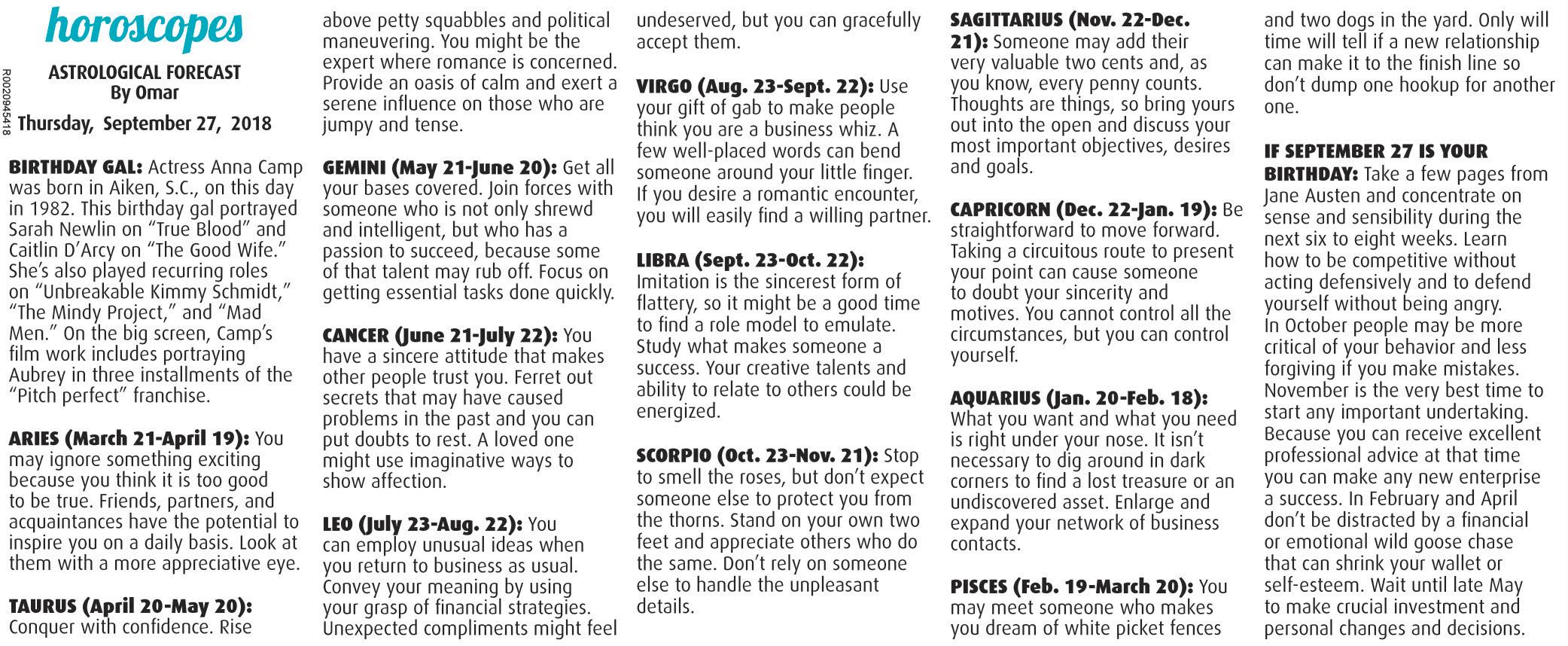
Jeremy HAINSWORTH Citizen news service
With former B.C. premier Christy Clark’s LNG dreams severely diminished, critics are questioning why the NDP government isn’t scaling back multimillion-dollar infrastructure payouts to northeastern municipalities.
“Rather than spending money on infrastructure to support the oil and gas industry whose future is very much in doubt given climate change, the provincial government should be looking at communities such as those in the Peace that are facing challenges,” Tim Pearson, spokesman with the Sierra Club BC environmental advocacy group, said Sept. 21.
Pearson said Clark’s LNG dream “has no future.”
Past and present Peace elected officials, though, say the funding, drawn from provincial general revenue, remains necessary due to ongoing industrial growth.
“It’s crazy what’s going on but it’s invisible to the rest of the world because it’s just going on in northeastern B.C.,” said Dawson Creek Mayor Dale Bumstead. “We are still required to build infrastructure – water, sewer – to attract workers.”
The funding, first called Fair Share, began in 1994 under BC NDP premiers Mike Harcourt and Glen Clark.
It continued, relabelled as the Peace River Agreement, under successive Liberal premiers Gordon Campbell and Christy Clark.
The aim has always been to support the area as the oil and gas industry uses local infrastructure.
Since 1994, the province has inked agreements with the Peace area governments to provide a grant equivalent to what they would receive with conventional access to the oil and gas industry tax base, said Ministry of Municipal Affairs and Housing public affairs officer Melanie Kilpatrick.
Those industries are often outside munici-
pal boundaries and not captured in the local tax assessment area.
The program affects the Peace River Regional District (PRRD) municipalities of Chetwynd, Hudson’s Hope, Taylor, Tumbler Ridge, Dawson Creek, Fort St. John and Pouce Coupe.
From 1994 through 2015, Peace River local governments received a total of $489.2 million through a series of agreements, Kilpatrick said, including a $35 million signing bonus in 2005.
In May 2015, Clark’s government signed the 20-year, $1.1 billion Peace River Agreement with local governments – including a $3 million signing bonus – and between 2016 and 2018, local governments have shared $50 million annually, Kilpatrick said.
Clark had claimed multiple LNG facilities shipping gas worldwide would wipe out the province’s debt and provide a $100 billion prosperity fund.
While several projects are moving ahead, the boom never happened due to depressed prices and a global gas glut.
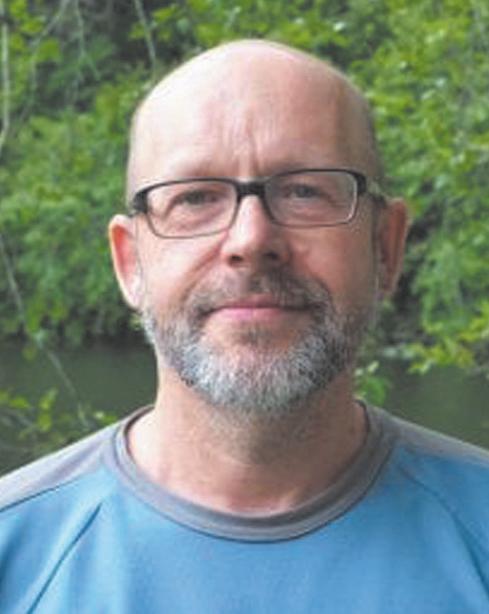
The 2015 agreement was signed within days of Christy Clark’s government announcing LNG tax measures, provincial environmental assessment approvals and, in particular, an agreement with Pacific NorthWest (PNW) LNG.
The PNW agreement mapped a route toward a final investment decision from the Petronas-led $36-billion project.
That plant was planned for Prince Rupert with gas produced by Progress Energy Canada Ltd. in the Peace region.
However, the Malaysian-led PNW consortium killed the project in July 2017, citing market conditions.
— from page 1
Omineca is a Dakelh word meaning “river with water turning slowly” which loosely means, in the OAC sense, a placid place in the rush of life.
The hours of operation are still being established, since the operation is entirely volunteer-run. When you step inside, the first thing the eye finds is the collection of art on the walls, starting at the street-facing display window.
“The theme is farming and agriculture,” said Pighin.
“It was a part of the Farm Fest activities. We have nine artists displaying more than 25 pieces of art.”
However, only a few of the hoped-for projects are now still on the books.
The ministry said in a statement that the Peace River Agreement and Fair Share make no mention of LNG.
“The objective and key considerations of the Peace River Agreement speak of the unique situation in the Peace because its local governments lack access to the region’s unusually high industrial and utility property assessment,” the statement said.
The ministry said of 27 B.C. regional districts, the Peace accounts for nearly half of the rural industrial and utility assessment in the province, virtually all of it outside municipal taxation reach.
“The funding under the Peace River Agreement is designed to address this issue, and not specifically to LNG,” the statement said.
Canadian Association of Petroleum Producers statistics suggest B.C. could produce an average of 5.6 billion cubic feet of gas per day (bcf/d) in 2018, up from 4.7 bcf/d last year.
However, critics remain wondering why
They include Betty Kovacic, Annerose Georgeson, Pat Gauthier, James Spankie, Joanna Smythe, Keli Watson, Jovanka Djordjevich, Andrea Fredeen and Karma Vance. The room includes a simple coffee kitchen, has capacity for 150, and has already been used in partnership with the Community Arts Council. It is available for rental for meetings, lectures, private functions, plus the concerts and art exhibitions that occur on a regular basis.
The next confirmed event is an open drum circle on Sunday from 2-4 p.m. led by the Khast’an Drummers and open to all who want to attend.
the Peace still needs so much from provincial coffers.
Bill Kusk, who was mayor of Dawson Creek when Fair Share arrived, said the current program is unrealistic.
“It is quite a jump to go from a $20-million grant to a billion, he said. “I would think it needs a revisit.”
Kusk questions if there are any parameters on how the money can be spent.
“I think there was talk from the government to investigate how it was spent some years ago,” Kusk said. “From what I hear, there are still streets that are not paved in Dawson Creek.”
Karen Goodings, who was PRRD vice chair from 1994 to 1998 and chair from 1998 to 2014, is not counting out LNG.
“We expect it will (grow),” Goodings said. And, she said, other initiatives such as the multibillion-dollar Site C dam on the Peace River will also tax the region’s infrastructure.
“It still means we have an influx of people who need to be served,” Goodings said. “We’re seeing growth that is unprecedented.”
Bumstead said the amount of energy products coming from the Montney shale gas fields straddling the B.C.-Alberta border remains significant with companies still investing hundreds of millions of dollars. He said that industry impacts local infrastructure.
“We can’t tax that stuff out there,” Bumstead said.
He hasn’t ruled out LNG either, and said there are still gas projects needing infrastructure.
Premier John Horgan told Union of BC Municipalities delegates Sept. 14 that Shell’s $40 billion LNG Canada project is close to realization.
The project includes TransCanada Corp.’s $4.7 billion Coastal GasLink pipeline to Peace region gas fields.


Turns out city council candidates are as blissfully unaware – and willfully ignorant – of city bylaws as most other Prince George residents.
At least if the way they’re paying attention to the election sign bylaw is any indication.
The Citizen looked at the location of campaign signs across the city to see if they met the criteria laid out in the new election and political signs bylaw city council passed last year. The review found the signs for numerous candidates, including several of the incumbents who voted for the revised bylaw, have been put up in locations in clear violation of the bylaw.
Longtime city councillors Murry Krause and Brian Skakun both have a long history of putting up signs along Highway 97 on the hillside leading from the Nechako River up to the Hart, as well as along Highway 16 on Peden Hill. Neither is allowed under the new bylaw, although in his report to city council last year about the new bylaw, Walter Babicz, the city’s chief electoral officer, acknowledged (in bold print, no less)
that the city doesn’t have the jurisdiction to regulate signs placed along highways within city limits. The Ministry of Transportation and Infrastructure is in charge of that.
The purpose of the revised bylaw, Babicz wrote last year, was “to improve and simplify for both candidates and the public the regulations related to election and political signs...” In other words, they’d like candidates to post signs in certain locations only and not try to exploit loopholes like posting signs along the highways.
As a result, all of the candidates received detailed instructions in their nomination packages, including satellite maps, describing exactly where they were allowed to put their “Vote For Me” signs.
The review found the signs for numerous candidates, including several of the incumbents who voted for the revised bylaw, have been put up in locations in clear violation of the bylaw.
That’s why there are no campaign signs in the middle of Foothills, Tabor and Ospika Boulevards anymore and why they haven’t sprung up like dandelions on previously
popular corners like Fifth Avenue and Highway 97. Cameron Stolz, there’s a reason why your sign is by itself at First and Victoria, a popular spot for election signs in previous campaigns. Signs are now limited to 14 general sites within city limits on a firstcome, first-serve basis and First and Victoria is not one of them.
The sign bylaw also applies to residential properties, where signs are not allowed to be larger than 16 square feet. So those two four-foot by eight-foot signs for Skakun and Kyle Sampson on that fence along Ospika are also in violation.
In past years, candidates smeared their signs on all four corners of Austin Road and Highway 97 in the Hart. Under the new bylaw, candidates are allowed to put signs on two narrow slivers on the northeast and southeast corners of the intersection only and well back from the high-
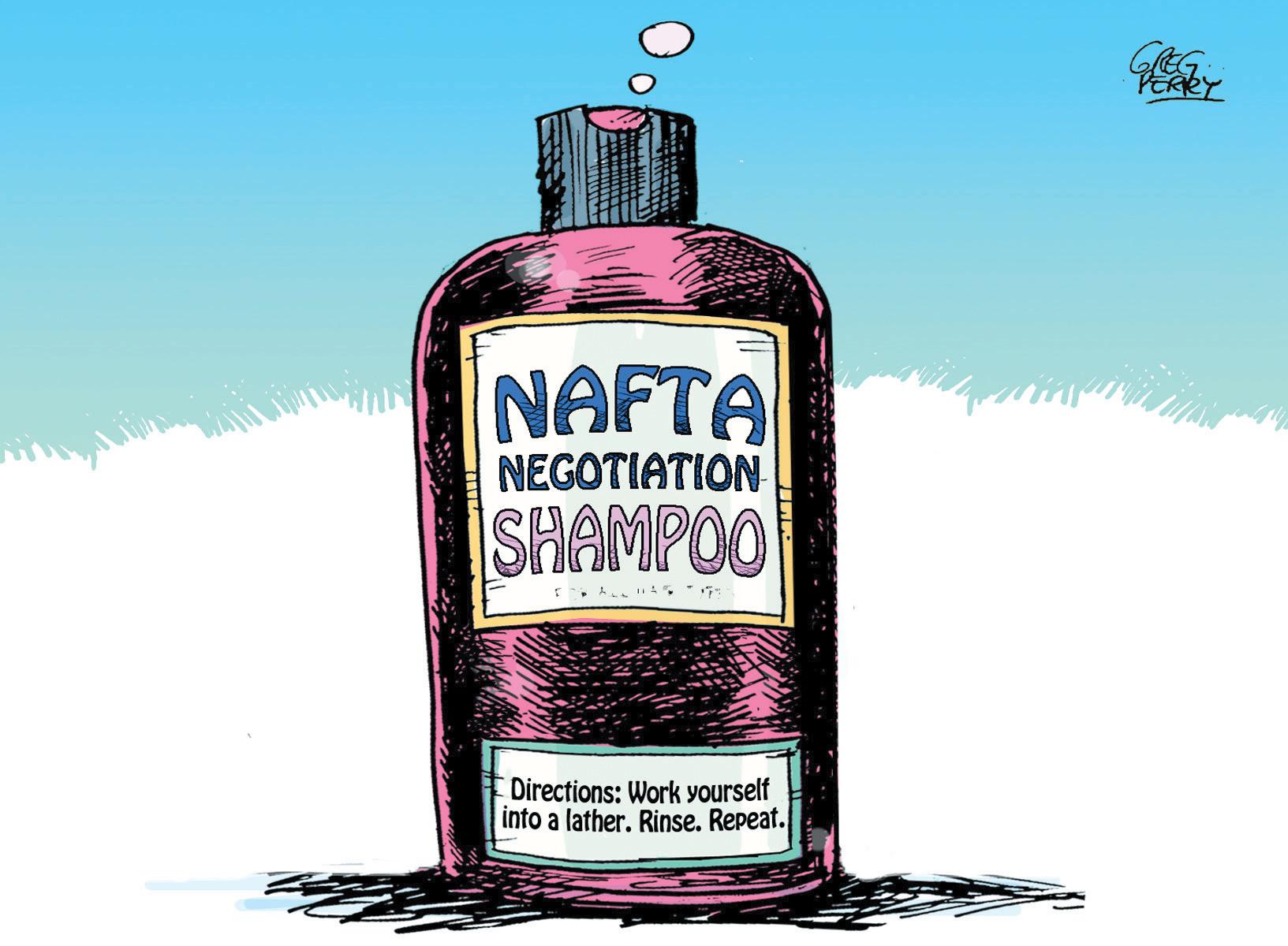
Re: Electoral reform doesn’t fix what’s broken Todd Whitcombe’s bio states he is a professor of chemistry at UNBC and promotes broader knowledge of science in the community through his weekly columns, as well his frequent efforts working with youth during science camps.
His efforts at enlightening people about science are laudable, but he should stick to science, and stay out of political analysis. He does a disservice to his readers in presenting a distorted view of political systems. He, knowingly or in ignorance, engages in fear, uncertainty and doubt to undermine the efforts of people of conscience to bring about a long-needed change to the way we elect people and are governed. That change is proportional representation.
Whitcombe would have us continue to be in thrall to an out-moded, unfair, undemocratic electoral system, which distorts the will of the people. First past the post ensures that the majority of citizens, nine times out of 10 will be ruled by the minority. Nine times out of 10, elections are “won” with a false majority of about 40 per cent leaving the 60 per cent of us out in the cold, with no power to effect legislation. Whitcombe plays around with and tries to neutralize the fact
that a large number of votes are wasted. He tries to get you to see yourselves as participating in a sport. How disingenuous! Politics is not a sport. Your livelihood and well being should not be subject to the crazy idea that you are participating in a sport and he/she who finishes first should be applauded. On top of that he says you should feel exhilarated and privileged that your participation was all part of the game of winners and losers. In B.C., around 50 per cent of you are losers, your votes do not count towards electing someone. In the Scandinavian countries, under proportional representation, 95 per cent of votes go to electing someone. To use Whitcombe’s sports analogy, which team would you rather be on – B.C.’s or Norway’s?
If you are in a safe riding where Party X always wins, how does a Party Y voter feel about going on to the field every election, knowing they are going to lose? Tiger Woods may not win all the time, but he knows that he most likely will come away with a purse of thousands of dollars. You? What do you come away with? Tiger Woods can go home after losing and practice his putting and drives etc. What do you practice? Making more elegant ticks or Xs, hoping to influence the ballot counter? No, you want to know that your vote is going to have an effect on the outcome of the election. Proportional representation gives you that. No longer will you have to vote strategically, putting an
X beside the lesser of two evils. Your vote will count. Don’t let first past the post continue to take away your right to be heard. And tell Todd Whitcombe that you don’t want to play on his team.
Daryl Sturdy Vancouver
Yesterday afternoon, I had gone over to Save-On Foods to buy some groceries. I was heading home and ready to cross the crosswalk.
A large truck waited for me, the vehicle next to the large truck waited for me but as I started walking through the crosswalk, I looked around the waiting vehicles and two vehicles just sped by so fast. It was very frightening! Here were two vehicles stopped – why do some drivers not wonder why are they stopped? Do they not care that there is a marked crosswalk and they should obey the law?
I wish there had been an unmarked police car waiting, as they would have received a ticket for sure. There was one lady that lived in this apartment that was seriously injured by a vehicle there. The time I was crossing was Tuesday about 2:23 p.m. I love it when I see marked RCMP vehicles as everyone obeys the law.
Kay Wendland Prince George
way. Yet, as of Wednesday morning, one incumbent candidate – Susan Scott – and a former city councillor seeking reelection –Stolz – both had large signs on the southwest corner of the intersection next to the service road along the Hart Mall. Details, details, some might argue but this intersection has seen several fatalities in recent years, several of which visibility was considered a contributing factor.
It’s really a matter of fair play.
For the candidates who have followed the bylaw to the letter and carefully erected their signs in the designated areas, they are being penalized for following the rules while their competitors are getting an advantage by breaking them.
Most of all, details are what political life in local government is all about, from passing bylaws, approving developments and setting tax rates. If city council candidates – and particularly the incumbents who should know better because they were the ones who voted this bylaw into effect – can’t bother following city bylaws, it begs the obvious question of why should anybody else.
— Editor-in-chief
Neil Godbout
To encourage natural resource development and the prosperity that comes with it, mining investors need more certainty about exploration activities – not less. It’s an issue that deserves immediate attention in B.C.
According to a recent Fraser Institute survey of senior mining executives, British Columbia’s regulatory and mining permitting processes are onerous compared with those of competing Canadian provinces. This should be top of mind for the government of Premier John Horgan as it evaluates sweeping reforms to natural resource regulation.
A recent provincial governmentcommissioned report reviewed B.C.’s existing “professional reliance model” – a system that charges industry to police itself. The report calls for greater oversight of B.C.’s resource sectors by creating a new provincial regulator.
In Quebec, 90 per cent of respondents were confident they would ultimately receive the necessary permits for exploration activity. In Ontario, 88 per cent were “confident” or “highly confident” compared with only 73 per cent in B.C.
Clearly, B.C. is falling behind in timeliness and investor confidence in the exploration permitting process in Canada. That’s bad news for British Columbians.
The intended purpose of the province’s review is laudable: to ensure transparency and good governance for the natural resource sector. However, the report has far-reaching implications for the mining industry, and the recommendations, if implemented, will likely exacerbate investor uncertainty.
Moreover, a new provincial regulator may damage the province’s competitiveness. According to our survey, the ability to attract exploration activity and investment is already an area of concern for B.C.’s mining industry when compared with Quebec and Ontario.
B.C.’s poor performance in the eyes of mining investors extends beyond regulation and into the permitting process. On a key measure – granting permits in a timely manner – B.C. again lags behind Quebec and Ontario. In fact, Ontario (42 per cent) and Quebec (40 per cent) had much higher percentages of respondents indicating they expected to acquire necessary exploration permits in two months or less compared with only 18 per cent in B.C.
When asked about transparency in the permitting process, 48 per cent of respondents in B.C. cited a lack of transparency as a deterrent to investment, placing B.C. behind Quebec, but ahead of Ontario, on this measure. Clearly, B.C. is falling behind in timeliness and investor confidence in the exploration permitting process in Canada. That’s bad news for British Columbians. A well-developed mining sector can produce considerable economic and community benefits. And to make discoveries, mining companies require timely and clear permitting processes to explore and develop mines.
But if explorers or miners are uncertain about whether they’ll receive necessary permits, or if they’re unsure about how regulations will affect their activities, they’ll be less likely to invest, which means fewer jobs and less revenue flowing through B.C.
Capital will flow to jurisdictions with attractive policies, and B.C. already lags behind Quebec and Ontario on many measures that encourage mining exploration. The government should take steps to streamline regulatory and permitting processes, rather than add uncertainty, as a new provincial regulator would surely do, so the province can capitalize on its considerable mineral potential.
— Ashley Stedman is a senior policy analyst and Elmira Aliakbari is the associate director of natural resource studies at the Fraser Institute
LETTERS WELCOME: The Prince George Citizen welcomes letters to the editor from our readers. Submissions should be sent by email to: letters@pgcitizen.ca. No attachments, please. They can also be faxed to 250-960-2766, or mailed to 201-1777 Third Ave., Prince George, B.C. V2L 3G7. Maximum length is 750 words and writers are limited to one submission every week. We will edit letters only to ensure clarity, good taste, for legal reasons, and occasionally for length. Although we will not include your address and telephone number in the paper, we need both for verification purposes. Unsigned letters will not be published. The Prince George Citizen is a member of the National Newsmedia Council, which is an independent organization established to deal with acceptable journalistic practices and ethical behaviour. If you have concerns about editorial content, please contact Neil Godbout (ngodbout@pgcitizen.ca or 250-960-2759). If you are not satisfied with the response and wish to file a formal complaint, visit the web site at mediacouncil.ca or call toll-free 1-844-877-1163 for additional information.
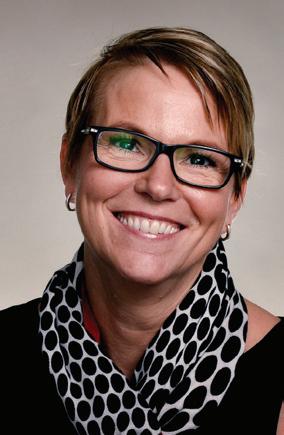
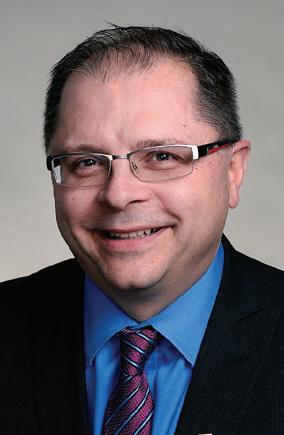
Mailing address: 201-1777 Third Ave. Prince George, B.C. V2L 3G7 Office hours: 9:00 a.m. to 5:00 p.m., Monday to Friday
General switchboard: 250-562-2441 info@pgcitizen.ca
General news: news@pgcitizen.ca
Sports inquiries: 250-960-2764 sports@pgcitizen.ca Classifieds advertising: 250-562-6666 cls@pgcitizen.ca
Display advertising, digital advertising and website inquiries: 250-562-2441 ads@pgcitizen.ca Reader sales and services: 250-562-3301 rss@pgcitizen.ca Letters to the editor: letters@pgcitizen.ca
Website: www.pgcitizen.ca Website feedback: digital@glaciermedia.ca
Member of the National Newsmedia Council A division of Glacier Media

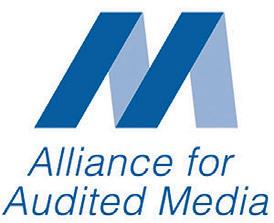
Frank PEEBLES Citizen staff fpeebles@pgcitizen.ca
They were stealthy, they made precision cuts, and they took down the challenge of their lives.
Jon Chuby and Jeremy Abbott have been pursuing their alter-egos of backsliding bozo Geoff and his roommate The Ninja since 2014. That’s when they submitted a pitch to the CBC ComedyCoup Competition for a show they hoped to one day make about the unlikely duo.
Geoff & The Ninja went deep in the competition but did not ultimately win.
Nonetheless, they kicked and chopped at the plots and characters until they were ready for television anyway. The momentum they got from ComedyCoup carried into a pitch they next made to the StoryHive screen arts kickstarter organization.
That lead to a breakthrough for the Prince George filmmakers.
On Saturday night at the Prince George Playhouse, their hometown gets to be the first to see all six episodes of Geoff & The Ninja before it goes to air in October on Telus Optik TV and their YouTube channel.
“We thought Prince George should get a special first viewing, because it was the city of Prince George that made it happen,” said Chuby.
“I couldn’t be happier with how it turned out,” said Abbott. “In a lot of ways it exceeded our expectations and we had some pretty high expectations. Watching the reactions so far, from the people who’ve seen it, and the feedback from Telus Optik’s people, have been very validating and exciting. We always believed we had something special going on here, and thank goodness we’ve been getting good responses for something we’ve basically devoted our lives too, because I personally have no Plan B.”
The reason Prince George deserves credit as a community for the success of the show is all the extraordinary help they received

as they filmed each episode. If they needed extras, locations, tools, props, help of any kind, it was offered up with red carpet zeal. It started with the supporting cast. Many of the local actors who stepped up to take on Geoff & The Ninja parts. Abbott and Chuby said that, as the two leads (Chuby plays Geoff, Abbott is The Ninja), their own performances were often secondary to the skills of the guest thespians from around Prince George.
“We were able to pull off some challenging things just because people offered the things we needed,” Abbott said, like the time Denny’s Woodworking donated their entire wood shop to the film crew for a week of filming so the show could achieve a particular fight scene.
“Filmmaking is always a combination of your skill-set and the technology at hand,” said Chuby. “You always have to adapt.
You’re always troubleshooting. You walk on set every day not knowing what problem you’ll be confronted with, but knowing you are definitely going to be confronted with a problem. You end up doing some pretty creative things to pull off whatever effect the script needs. You basically operate close to failure every day. If you’re not on that uncomfortable edge, you’re probably not succeeding like you should be.”
Chuby and his partner sacrificed their home, making it the primary base of filming for about nine months. Chuby kept working his principal job, squeezing all Geoff & The Ninja duties into the off hours.
Abbott stopped working to focus on filming, moved from Kelowna (his current hometown) back to Prince George for the filming process, while his partner continued working in Kelowna to support the fruition of their creative dream.
They can now say Prince George was home to its first on-location TV series in city history, and the show will be broadcast to the wide public in a matter of weeks. They are ready to get working on six more episodes should the Telus Optik TV response be strong enough. In fact, they have a five-season story arch all sketched out in the show’s bible should production investment be attained for a sustained run of Geoff & The Ninja. Anyone who wants to celebrate the launch of the dark comedy sitcom can see it on the big P.G. Playhouse screen Saturday at 7 p.m. The proceedings will be hosted by comedian Daniel Chai, featuring a Q&A with the directors and cast, plus other interactive surprises. Tickets are $18.50, available online at centralinteriortickets.com or at the door while supplies last.
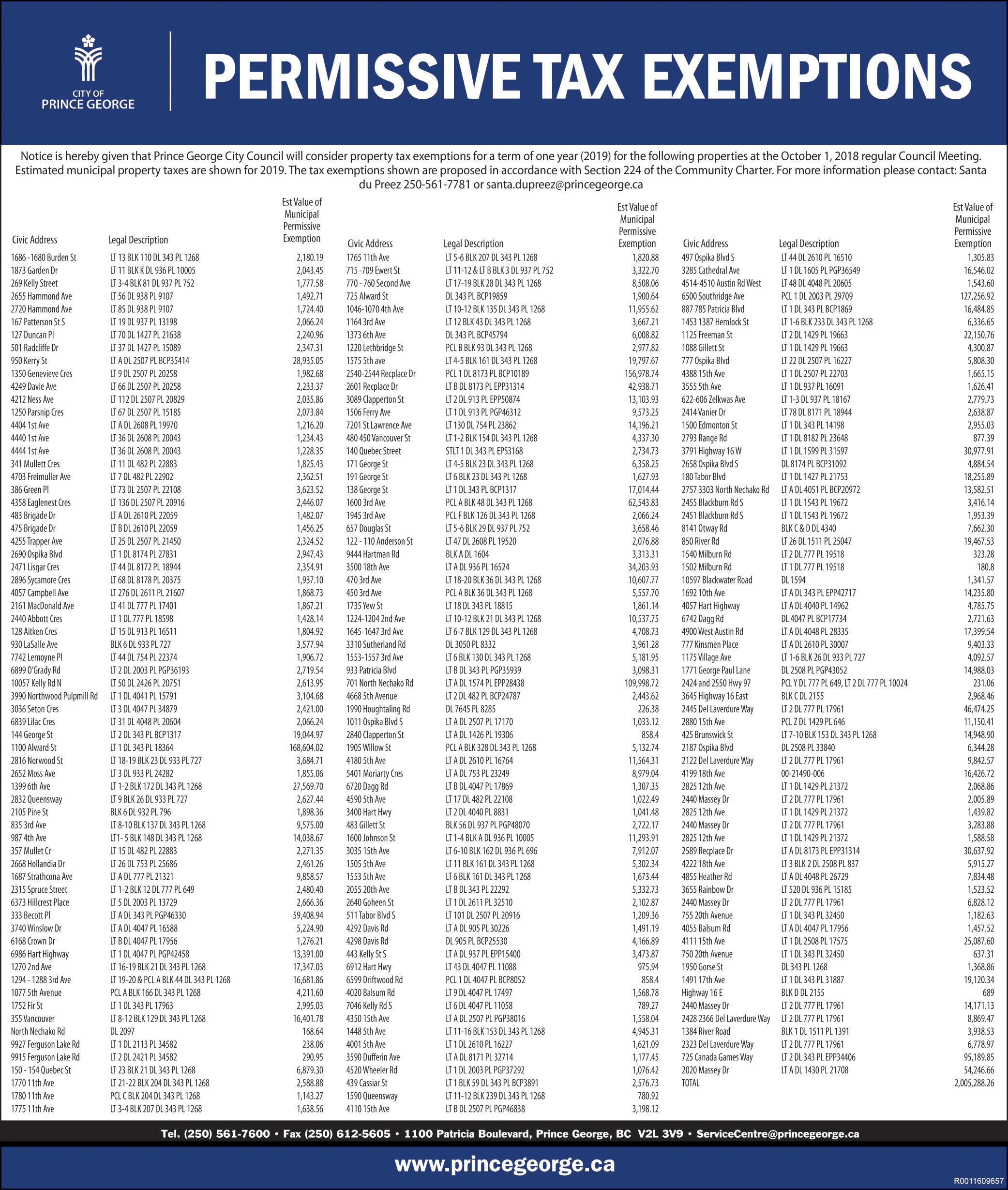
VANCOUVER — The regulatory body for engineers in British Columbia is alleging negligence or unprofessional conduct against three engineers after the 2014 collapse of a tailings dam at the Mount Polley mine.
Engineers and Geoscientists British Columbia says disciplinary hearings against Laura Fidel, Todd Martin and Stephen Rice will take place next year.
“The information released today marks the conclusion of a lengthy, independent investigation,” the regulatory body said in a statement Wednesday.
“Engineers and Geoscientists BC’s Investigation Committee alleges that three individuals involved in the design, construction, and monitoring of the tailings storage facility demonstrated negligence and/or unprofessional conduct in the course of their professional activities.”
The allegations have not been heard by a disciplinary panel and are unproven. Fidel could not immediately be reached for comment, and lawyers for Martin and Rice also could not be reached.
The disaster at the gold and copper mine was one of the largest in the province’s history and sent 24 million cubic metres of mine waste and sludge into nearby waterways.
A three-year deadline for provincial charges in the case passed last year amid an ongoing investigation by B.C.’s Conservation Officer Service.
If Engineers and Geoscientists British Columbia’s allegations are proven through the disciplinary hearing, it says it can impose sanctions under the Engineers and Geoscientists Act that can include a reprimand, practice restrictions, suspension, cancellation of membership or a fine of up to $25,000.
The investigation was led by a three-person subcommittee of senior professionals who reviewed 13,000 documents including contracts, reports, correspondence and daily site reports.
It also considered the reports resulting

from other public investigations conducted by the Independent Expert Engineering Investigation and Review Panel and the chief inspector of mines, it said.
Max Logan, chief of strategic operations for the regulatory body, said the investigation and discipline process is “typically” initiated once a complaint is made.
“In this case, however, we took the unusual step of initiating an investigation without first receiving a complaint, which we have the authority to do,” Logan said.
Notices of inquiries filed against the three individuals allege they failed to ensure the Mount Polley tailings storage facility and
embankment were adequately monitored and visited regularly.
The documents identify Rice as the most senior engineer at AMEC Foster Wheeler working on the Mount Polley tailings storage facility. They allege he allowed Fidel, “a relatively junior engineer with little experience with embankment design,” to act in a role she was unqualified for, and they allege that Rice was also unqualified for his role as review engineer.
The notice of inquiry against Fidel alleges she accepted responsibilities that she was unqualified for, including parts of the embankment design and stability analysis.
It alleges she failed to ensure sufficient monitoring of the embankments, including failing to advise the company that students should not be used as field inspectors.
The notice of inquiry against Martin says that as design engineer, he adopted an overly steep design slope for the perimeter embankment that did not follow engineering “norms” for a rockfill dam on soil foundation. Other allegations against him include ignoring drill log data, failing to address the fact that the embankment construction wasn’t in accordance with its design and failing to ensure adequate monitoring of the site.

PORT MOODY — A mayoral candidate and sitting councillor in Metro Vancouver has taken to social media to explain a profanity-laden 2014 video in which he asks a homeless man to chug a beer with him in exchange for a sandwich.
Port Moody Coun. Rob Vagramov says in a recent video posted to Facebook that he was “fresh out of college” and his heart was in the right place when he made the earlier video, which he describes as “super cringey” to watch now.
The 28-year-old says he would buy a homeless man lunch again but asking him to chug a beer first was “probably not the
best idea considering substance abuse issues,” and he wouldn’t do that today.
Vagramov, who was elected to council in 2014 and is now running to be mayor against incumbent Mayor Bill Clay, did not immediately respond to requests for comment from The Canadian Press. In the 2014 video, Vagramov says he was nominated by another social media user to do a “random acts of kindness” challenge and he had hoped it
Vagramov says he was nominated by another social media user to do a “random acts of kindness” challenge and he had hoped it would involve getting drunk.
would involve getting drunk. He asks a homeless man sitting on the street whether he’s hungry, and when the man replies that he is, Vagramov says there’s one condition and asks if the man knows how to “shotgun” a beer. “Oh, hell yeah,” the man replies. Vagramov asks the man’s name and shakes his hand before the pair each “shotgun” a beer, referring to piercing a hole in the side of a can and drinking its entire
contents without stopping. He then hands the sandwich to the man, who is smiling and laughing. Vagramov finishes the video by urging viewers to perform their own “random acts of kindness.” In the recent clip posted to Facebook, Vagramov speaks with a registered psychiatric nurse and homeless advocate about changing perspectives on homelessness. He notes that he sits on a homelessness task group representing Port Moody, Coquitlam and Port Coquitlam. He explained when he was nominated for the kindness challenge, he had wanted to be nominated for a “chugging a beer” challenge that was also going around at the time, so he thought he’d combine the two.

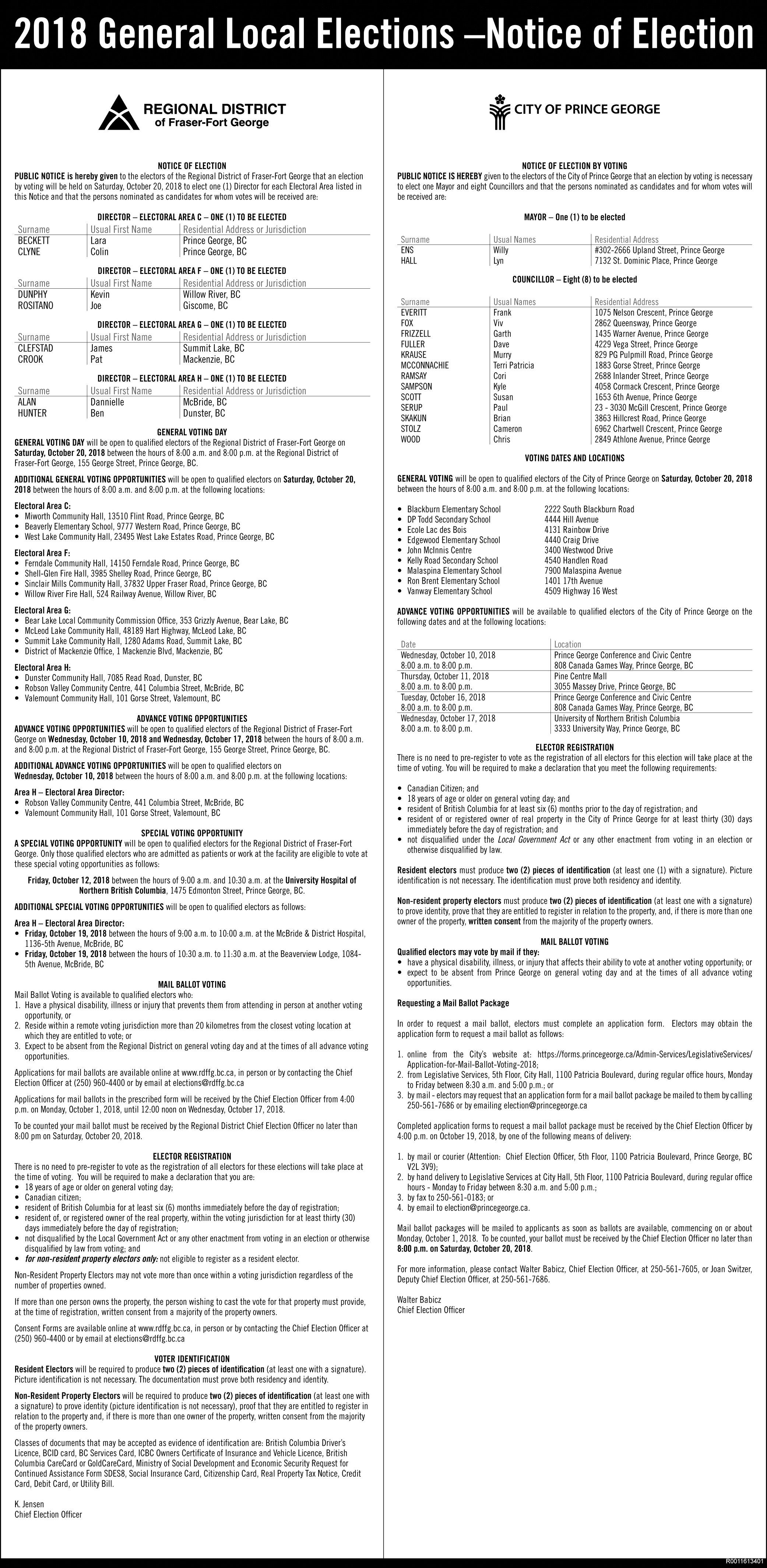

Citizen staff
Jordan Bax and Nadia Nansaur had the fleetest feet at the Cottonwood Island Park cross-country running meet last Saturday.
Bax, from D.P. Todd Secondary School, finished the 5.4-kilometre senior boys race in a time of 19 minutes 46 seconds, just ahead of Nolan McCleary of Vanderhoof’s Nechako Valley, who stopped the clock at 20:14. PGSS athlete Shawn Davis was third in a time of 23:41.
In the senior girls 5.4km race, Nansaur reached the finish line in 24:10, which put her ahead of teammate Rya Kish (24:42) and Alexis Seely of Nechako Valley (27:21).
In the junior boys division, on a 3.7km course, Nechako Valley’s Lachlan Pederson and Duchess Park’s Tyson Green both clocked in at 13:37 but Pederson was given the nod as the first one across the line. Max Whitehouse of Cedars Christian School placed third in a time of 13:52. Olivia Wankling of D.P. Todd was fastest among the junior girls. Her time of 15:04 over a 3.7km distance put her ahead of Nechako Valley’s Payton Mueller (15:49) and PGSS runner Brynn Witwicki (16:02).
Other category winners were: juvenile boys (3.7km) –Josh Fiala, D.P. Todd, 13:53; juvenile girls (3.7km) – Ruby Nichols, Quesnel Junior Secondary School, 14:37; bantam boys (3.7km) – Rayen Rempel, Nechako Valley, 14:52; bantam girls (3.7km) – Stephanie Arronge, PGSS, 16:40; elementary boys (2km) – Reuben Daniel, Nechako Valley, 7:59; and elementary female (2km) – Eva Allen, Heritage, 11:09. Runners will be back on the trails this Saturday in Vanderhoof at the NVSA Grounds. The meet will be hosted by Nechako Valley.
CITIZEN
Grade 12 D.P. Todd runner Jordan Bax, the
winner, legs his way through the trails at Cottonwood Island Park.


Citizen staff
The Prince George Spruce Kings have rewarded head coach Adam Maglio with a two-year contract extension.
Maglio, who led the B.C. Hockey League’s Kings to a Mainland Division regular-season championship in 2017-18, followed by Mainland and Coastal playoff titles, is now signed through the 2020-21 season.
Maglio is currently in his fourth year with the organization and second as head coach.
“I am excited to sign an extension with the Prince George Spruce Kings beyond the 2018-2019 season,” Maglio said in a media release. “I would like to thank (general manager) Mike Hawes, (president) Rick Turgeon and the rest of the organiza-
tion for their continued support and trust in our coaching staff. I feel fortunate to be a part of a great organization which I believe has one of the best hockey communities in the BCHL. I look forward to working and pushing the growth and development of our team on a daily basis.”
Added Hawes: “I feel that the continuity and stability of having a great coach in place for an extended period is important to the success of any team. Adam has shown that he is an elite coach. His commitment to our team, his work ethic and ability to teach and relate to the players is tremendous.”
The Spruce Kings, sitting on top of the BCHL standings with a 5-1-0-0 record, play Friday in Surrey, Saturday in Langley and Sunday in Coquitlam.
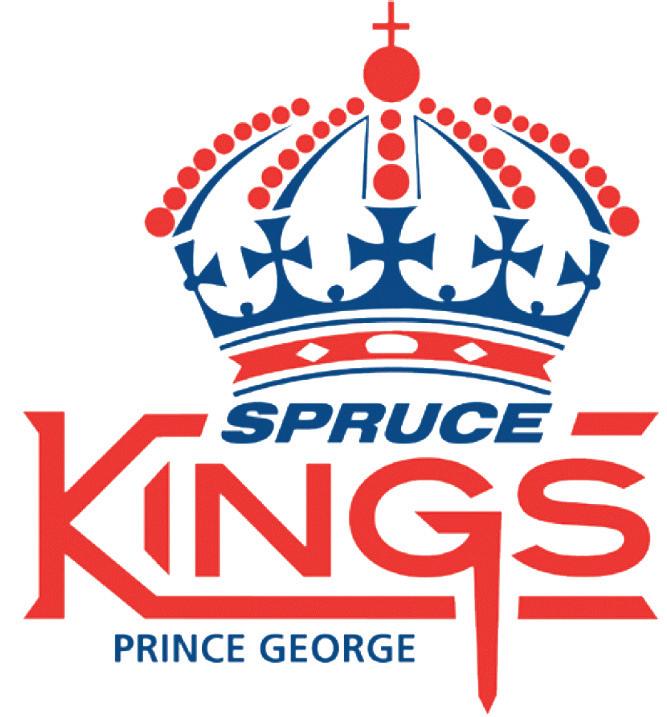


ST. LOUIS — The Milwaukee Brewers clinched their first playoff spot since 2011 by ensuring at least a spot in the NL wild-card game, helped Wednesday night when a rookie St. Louis pinch-runner fell on his way to the plate in a 2-1 victory over the contending Cardinals.
The Chicago Cubs also sealed a postseason berth because of the Cardinals’ loss.
Jhoulys Chacin pitched five shutout innings and Travis Shaw hit a pair of RBI singles as the Brewers completed a three-game sweep.
The Cardinals missed a big chance to tie it in the eighth inning. Matt Carpenter walked and was lifted for pinchrunner Adolis Garcia. Jose Martinez then hit a slow roller to third baseman Mike Moustakas, who threw wildly to first. Garcia was waved home but fell halfway to the plate, allowing second baseman Hernan Perez to easily throw him out to end the inning.
Chacin (15-8), who had lost his last three decisions, gave up one run on just one hit over five innings. Xavier Cedeno, Corbin Burnes, Josh Hader and Jeremy Jeffress combined for four shutout innings as the Brewers held the Cardinals to a season-low two hits. Jeffress earned his 13th save in 18 chances.
Chasen Shreve (3-4) took the loss.
Red Sox 19 Orioles 3
Orioles 10 Red Sox 3
BOSTON (AP) — Boston’s Chris Sale struck out eight over 4 2/3 innings in his final tuneup for an expected start in the AL Division Series opener before the Baltimore Orioles salvaged a split of the day-night doubleheader with a victory.
In the opener, Boston handed the Orioles a franchise-record 112th loss. A major league-best 107-52, Boston opens the Division Series at home Oct. 5 against the New York Yankees or Oakland. Sale left after giving up Adam Jones’ go-ahead, RBI double that made it 3-2 in the fifth. He threw 92 pitches, allowing three runs and four hits.
Trey Mancini had a tiebreaking tworun single off Matt Barnes (6-4) in a three-run seventh and drove in three runs. Tanner Scott (3-2) worked 2 2/3 innings of one-run relief, and Paul Fry pitched three hitless innings for his second save.
In the opener, J.D. Martinez had three of Boston’s season-high 22 hits, including a three-run homer that brought his major league-leading RBIs total to 127.
The Orioles (46-112) broke the franchise loss mark set by the 1939 St. Louis Browns went 43-111.
David Price (16-7) settled down after an early stumble in his final tuneup before the playoffs. He allowed three runs – all in the second inning – six hits and three walks, striking out six before leaving with a 10-3 lead after five. Price is expected to start Game 2 of the AL Division Series against the New York Yankees or Oakland.
Rafael Devers had four hits and six RBIs, including two homers, and Mookie Betts had two hits to raise his major league-best batting average to .346. Xander Bogaerts and Blake Swihart also homered for Boston.
Renato Nunez and Trey Mancini homered for Baltimore. Ryan Meisinger (2-1) was the loser.
ST. PETERSBURG, Fla. (AP) — Masahiro Tanaka gave up four runs and six hits over four-plus innings in his final start before the playoffs in New York’s loss to Tampa.
New York started play with a 2 1/2game lead over Oakland to host the AL wild-card game and has the tiebreaker.
The Athletics played at Seattle later Wednesday night. Yankees manager
Aaron Boone hasn’t decided if Tanaka, JA Happ or Luis Severino will start against Oakland.
A four-run, ninth-inning rally by the Yankees came up just short against Sergio Romo, who got the final four outs for his 24th save.
Tanaka (12-6) was coming off a fourinning start last Thursday in which he allowed five runs and eight hits as the Yankees lost 11-6 to Boston.
Tampa Bay centre fielder Kevin Kiermaier was hit by Tanaka’s pitch in the first and left two innings later with what X-rays determined was a hairline fracture of the right foot.
Reliever Yonny Chirinos (5-5) went four scoreless innings. Neil Walker hit a three-run homer for New York.
WASHINGTON (AP) – Bryce Harper was 0-for-4 with two strikeouts in a rain-shortened, seven-inning game that many expect was his last at Nationals Park as a Washington player.
Harper can become a free agent at season’s end. The storm arrived as Harper stood in the on-deck circle while the last out of the seventh was recorded.
Nationals rookie Victor Robles had a career-high four hits, including a three-run homer and a two-run double, and also stole a base. Brian Anderson homered for the Marlins.
Wander Suero (4-1) got the win with an inning of scoreless relief. Wei-Yin Chen (6-12) was the loser.
TORONTO (AP) — Toronto gave outgoing manager John Gibbons a winning home send-off against celebrating Houston.
Before the game, Toronto general manager Ross Atkins announced that Gibbons will not return next season. After getting the final out, closer Ken Giles gave the ball to Gibbons and the crowd rose for a standing ovation.
The World Series champion Astros clinched the AL West title when Oakland lost in extra innings at Seattle well past midnight Tuesday. Several of the Astros partied at a hotel meeting room, but they held a more traditional clubhouse celebration despite the loss. Houston will open the best-of-five Division Series matchup against Cleveland at home on Oct. 5.
Randal Grichuk hit a two-run homer and rookie Reese McGuire added a solo shot for Toronto. Grichuk connected off right-hander Chris Devenski in the first, his career-best 25th home run. McGuire led off the fifth with a blast to right, the first of his big league career.
Joe Biagini (4-7) pitched 1 1/3 innings for the win and Giles, the seventh Toronto pitcher, needed just five pitches to wrap it up in the ninth, earning his 25th save in 25 opportunities. Devenski (2-3) allowed two runs and one hit in two innings.
NEW YORK (AP) — Jacob deGrom was dominant in what likely was his final pitch for the NL Cy Young Award, throwing eight stellar innings for New York and leaving with a major leaguebest 1.70 ERA.
DeGrom (10-9) made his final regular-season start, striking out 10 and allowing just two singles against NL East champion Atlanta. He retired the final 20 hitters after allowing a single to Johan Camargo. DeGrom gave up no more than three runs in his last 29 starts to extend his own single-season record. The All-Star ace also matched the overall mark set by Jake Arrieta in 2015-16. Seth Lugo threw a scoreless ninth for his third save.
Jason PETERS Citizen Sports Editor jpeters@pgcitizen.ca
This year’s College Heights Cougars senior girls volleyball team is loaded with veteran talent. The Cougars have eight Grade 12 players on their roster, and all that experience helped them claim a tournament title last weekend in Kamloops.
The Cougars won the 31-team WolfPack Invitational at Thompson Rivers University. In the championship final, they met up with another Prince George squad, the PGSS Polars, and prevailed in three tough sets. Scores were 25-23, 23-25, 16-14.
Offensively, College Heights was fueled by outside hitter Emily MacDonald, middle blocker Rachel Kidd (who normally lines up at power hitter but moved to the middle for the tournament) and Reeyse Desmarais. Setter Brooke Eberherr, meanwhile, did a great job of distributing the ball. All four players are Grade 12s, as are fellow team members Natasha Kozlowski, Ashlee Hick, Alysha Madsen and Sydney Bazinet.
“This is what you build for,” said Cougars head coach Jason Olexyn. “Five of them were Grade 10s two years ago and played on the senior team and this is what you work towards – their Grade 12 year, hoping that they come around and it looks like they’ve stepped into their own.”
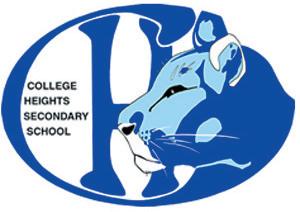
In the preseason provincial rankings, the Cougars were listed at No. 4 in the double-A division. But, based on the number of girls in Grade 12 at College Heights, the team had to move to the triple-A level.
The Polars began the year at No. 8 in triple-A and another north central club, the Dawson Creek Coyotes, started out at No. 4 in triple-A. The Duchess Park Condors are another skilled triple-A team so qualifying for provincials out of the north will be difficult. Two berths will likely be available, with the provincial gathering set for Powell River.
Olexyn said the Polars played at a high level in the TRU final, especially on defence.
“PGSS was digging up everything we were throwing at them,” Olexyn said. “They were playing outstanding defence. It was really tight at the end but we pulled it off.”
Allan Tong, coach of the much younger Polars, also pointed to the PGSS defence as a defining characteristic of the championship match.
“Our girls played really well – defensively they picked up a lot of balls,” he said. “Our serving was pretty tough and I think overall the girls felt that they could compete against College Heights.
“It could have been either team’s win. It just depended on who was limiting their errors. I think our inexperience showed a little bit.”
While the Cougars have all those Grade 12s, the Polars have just one – setter Cassidy Malgunas. Tong said College Heights showed plenty of confidence on the court. Early in the third set of the final, the Polars were ahead 5-1 but the Cougars took a timeout and then stormed back with five consecutive points.
Both teams will attend a tournament at Kelly Road this weekend and will head to Kelowna on Thanksgiving weekend for a major event at UBC Okanagan.
• Last weekend, the College Heights senior boys volleyball team swept the D.P. Todd Trojans in the final of a D.P. Todd tournament. The Cougars also won the season-opening Kodiak Classic. In that one, they also topped the Trojans in the championship match.
The Cougars are hosting the Jon Bragg Memorial Invitational this weekend.
• Also this weekend, the PGYVC Junior Kodiak Classic will be on the floor at the College of New Caledonia, Duchess Park and PGSS. Matches start Friday at 4 p.m. and the championship finals are scheduled for 6:20 p.m. on Saturday at CNC (junior A boys and junior A girls) and Duchess Park (junior B girls).

The Prince George Cougars scored three third-period goals on their way to winning for the first time this Western Hockey League season.
The Cougars, who started the schedule with a shootout loss and a regulation loss in Victoria last weekend, beat the host Kelowna Rockets 4-2 on Wednesday night.
The Cats broke open a 1-1 game with third-period markers by Mike MacLean, Vladislav Mikhalchuk and Ilijah Colina. Mikhalchuk’s goal came at the 16:27 mark after Kelowna’s Leif Mattson had tied the score 2-2 exactly one minute earlier. Colina gave the Cougars some insurance at 18:18.
Prince George’s Ryan Schoettler – on a power play – scored the only goal of the first period and Kelowna’s Lassi Thomson struck for the only goal of the second.
The Rockets outshot the Cougars 29-24. Special teams were a factor, as the Cats went 1-for-4 with the man advantage and held the Rockets scoreless on seven opportunities.
Taylor Gauthier was the winning goaltender and James Porter was saddled with the loss.
The Cougars improved to 1-10-1 and the Rockets dropped to 0-3-0-0.
The teams will meet again on Friday in Prince George, the homeopener for the Cougars. Opening faceoff is scheduled for 7 p.m.
The Cougars and Rockets will also play on Saturday.
Gushue
Citizen news service
CHATHAM-KENT, Ont. —
Reigning world champion Jennifer Jones and her Winnipeg-based rink beat Edmonton’s Chelsea Carey 4 & 2 on Wednesday to kick off the inaugural women’s competition at the Elite 10.
It was a clean shutout for Jones, who scored checkmarks in four ends with Carey claiming none at the Grand Slam of Curling event.
Points are scored in match play by either counting two or more rocks (with the hammer) or stealing at least one rock (without the hammer).
The Elite 10 has three additional unique rules: Stopwatches are banned, tick shots cannot be performed on guards sitting on the centre line until the fifth rock of play, and teams have four minutes of thinking time per end.
In men’s play, Brad Gushue of St. John’s, N.L., opened his season with a 3 & 2 win over Jason Gunnlaugson of Morris, Man.

MONTREAL — If the preseason is any indication, the Toronto Maple Leafs power play could wreak havoc this season.
Toronto’s star-studded first power-play unit scored two goals as the Maple Leafs beat the Montreal Canadiens 5-3 Wednesday to improve to 5-1-0 in preseason play. John Tavares, Auston Matthews, Nazem Kadri and Mitch Marner all played on the first wave of Toronto’s man advantage.
“It obviously got us back in the game, a couple of big goals,” said Tavares. “We had some good movement, some good opportunities. Obviously we have a lot of skill out there, it’s just making sure everyone is doing their job and we’re executing at a high level.
“I don’t think we go in trying to put fear, we got out to focus on what we have to do and get the results we need. If that puts pressure on other teams, puts them on their heels, well that works better for us.”
Down 1-0 in the first period, Toronto’s dangerous power play went to work with Paul Byron in the box for tripping. After good puck circulation, Matthews found an open Kadri, who kicked the puck from his skate to his stick before beating a screened Carey Price for the
top-shelf equalizer at 18:11.
The Leafs scored again with the man advantage to start the second period. This time with Tomas Tatar serving a two-minute high-sticking penalty, Matthews was left alone to the right of Price and beat the Canadiens goaltender with a quick release at 1:14.
Marner got an assist on both power-play goals. He ended the night with a goal and three helpers.
The Leafs finished 2-for-6 with the man advantage.
“I think they’re going to burn a lot of teams,” said Claude Julien of Toronto’s first unit. “But at the same time that doesn’t excuse our showing tonight on their power play. There are certain things we saw tonight that we definitely have to correct.”
Toronto’s penalty kill was also firing on all cylinders against the Canadiens.
With the game tied 2-2, the Leafs scored short-handed goals 20 seconds apart to start the third period.
Marner got the first 16 seconds into the period after bad communication between Price and Jeff Petry led to a loose puck in front of the net – an easy tap-in for Marner.
Kasperi Kapanen added another for the visitors 20 seconds later on a 2-on-1 break with
Par Lindholm.
Leafs head coach Mike Babcock liked what he saw from his special teams.
“Mitch on the penalty kill was dynamic,” said Babcock. “I liked a lot of the things I saw from the new players, which is positive. Power play, obviously especially when we’re doing it right, is really good. We got skill, now we have to learn how to play right.”
After David Schlemko got one back for Montreal – a shot from distance on the power play at 1:16 of the third – Patrick Marleau sealed the encounter for the visitors with a marker at 14:08 on a beautiful pass from Marner. The game was a rematch of Monday, when Montreal beat Toronto 5-1 in a contest that featured very few NHL regulars. Forward Artturi Lehkonen and defenceman Xavier Ouellet each scored twice for the Canadiens in that victory.
Tatar opened the scoring four minutes into Wednesday’s game, on the power play, with a wrist shot that beat a screened Frederik Andersen, who made 33 saves on the night.
After Toronto’s two power-play tallies, Brendan Gallagher tied things up for the Canadiens at 6:59 of the second period on a clever give-and-go play with Jesperi Kotkaniemi and Victor Mete. Price stopped 20-of-25 shots as Montreal fell to 4-2-0 this preseason.
Citizen news service
ANAHEIM, Calif. — For the first time since Corey Perry broke into the NHL as a feisty 20-year-old in 2005, the Anaheim Ducks will be without their goal-scoring right wing for a significant amount of time.
Perry is likely to be out for five months after significantly injuring his right knee during warm-ups for a preseason game.
The 2011 NHL Most Valuable Player had surgery Wednesday, Ducks general manager Bob Murray said.
Recovery time is typically at least 20 weeks, guaranteeing Perry will miss the bulk of a regular season for the first time in his career.
The 33-year-old forward tore his meniscus and injured a knee ligament during warmups at Honda Center on Monday night for a preseason game against Arizona.
Perry scored 50 goals during his MVP season, and he has scored at least 25 goals in eight of his 13 seasons in a career spent entirely in Anaheim. He has spent most of his 957 NHL games on a line with Ducks captain
Ryan Getzlaf, his inextricable partner ever since they were drafted nine picks apart in the first round in 2003.
Although his production declined to 17 goals and 32 assists last year, Perry’s goalscoring acumen and agitating style of play still make him an unavoidable factor in any opponent’s game plan.
He faced a challenge this season to integrate his hard-hitting, opportunistic style into Murray’s desire for the Ducks to play a speedbased game this winter, but that transition is on hold for at least a few months.

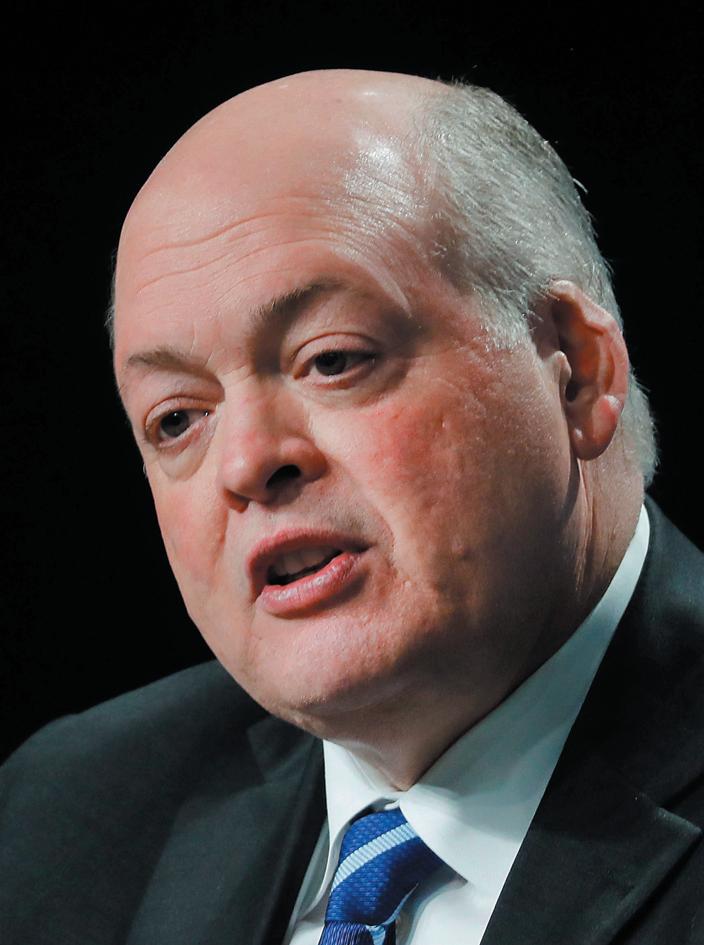
Tom KRISHER Citizen news service
DETROIT — Tariffs imposed by the Trump administration on imported steel and aluminum are costing Ford Motor Co. $1 billion, hurting the bottom line and raising the possibility of price increases across the automotive industry.
Ford CEO Jim Hackett revealed the number during a television interview Wednesday, and the company said the figure is a year-over-year increase from March through 2019.
Ford buys most of its metals from U.S. producers, which have raised prices this year due to the tariffs on foreign competitors, the company has said.
Other automakers that produce vehicles in the U.S. are experiencing the same price increases, said IHS Markit Senior Analyst Peter Nagle.
While they may be absorbing the increased costs at present, eventually
(Steel) prices are up 25 per cent since the tariffs began, and he expects that to rise to near 30 per cent next year.
they’ll have to pass at least some of the costs on to customers, he said.
“They’re maintaining pricing discipline now just because the consumer can’t support those higher prices,” Nagle said.
But if the tariffs stay in place for the remainder of Trump’s term, “obviously some of those costs would have to start being passed along to the consumer here.”
Ford wouldn’t comment specifically on price increases but said it will “continue to make the necessary decisions to remain competitive.”
The Trump administration slapped a 25 per cent tariff on imported steel and
Now that I had won myself an appointment at the Paper Shack to fight the much older, bigger kid from Grade 6, I fidgeted nervously for the rest of that afternoon in school.
That same day a completely different sixth grader, a gangly boy who had before then been mostly invisible, drew my attention away from impending death. He was protesting a U.S. nuclear bomb test soon to be conducted up the coast in Alaska.
The sign read: “Stop the Amchitka Bomb!” He carried it with him everywhere, and uncharacteristically, the administration allowed him to freely express his dissent. Something was up.
Lower Mainland high school students had been protesting the bomb loudly that fall and thenPrime Minister Pierre Trudeau, whose wife was from North Van, had sided (against Nixon) with a group of Vancouver protesters who were sailing toward Alaska on the vessel The Phyllis Cormack.
The protest trip was funded by musicians Joni Mitchell, James Taylor and others. As the Vancouver environmentalists boarded their boat, amidst a media frenzy, somebody shouted: “Peace!” and flashed them the two-finger symbol as a farewell. At this point, one of the environmental protesters

quipped, “… and make it a green peace!”
At that moment, a worldwide movement was born just a few miles from my schoolyard. It would be the inaugural voyage of Greenpeace. But at the old green Paper Shack, a micro-war still loomed large. As the 3 p.m. bell rang, fight rumours were relentless. Consensus: given our relative size and age, the fight was bacon against a fork. But no protesters stood in the way of my consumption. I had no plan really, as I approached the crowd. Just before the mass parted enough to allow Tony a satisfied smirk toward me, I bent toward the ground, without breaking stride, and picked up a smooth rock, about the size of an egg, and cupped it in my right hand. I became David. Not the godly-confident David, the ruddy sweaty-palmed David.
I stopped about five feet away.
He said something about making this quick and painful, but as he motioned toward me, I cocked my pitching arm, and made as if I was
about to nail him in the head with the rock. The threat startled him enough to pause his advance, at which point I dodged and zipped past him in to the Paper Shack. He followed, of course… That other annual war impends a different sort of dread. As harsh as the tax authority might be, he seems timid compared to the demons who haunt us to gather up that paperwork and get to it. There’s not a pill for it. Most can’t afford a personal financial sidekick, so on we go. Here’s a few more tips, many of them kind of obvious, some not so much:
If you have not yet done so, you can make your TFSA contribution for 2018 (up to $5,500) and catch up on any unused contribution room from 2009-2017.
The TFSA enables you to earn tax-free investment income, including interest, dividends, and capital gains, which may result in greater growth compared to a regular taxable account. You can make tax-free withdrawals at any time, for any reason, and any amount you withdraw is added back to your available contribution room on Jan. 1 of the following year.
If you are thinking of making a withdrawal from your TFSA in
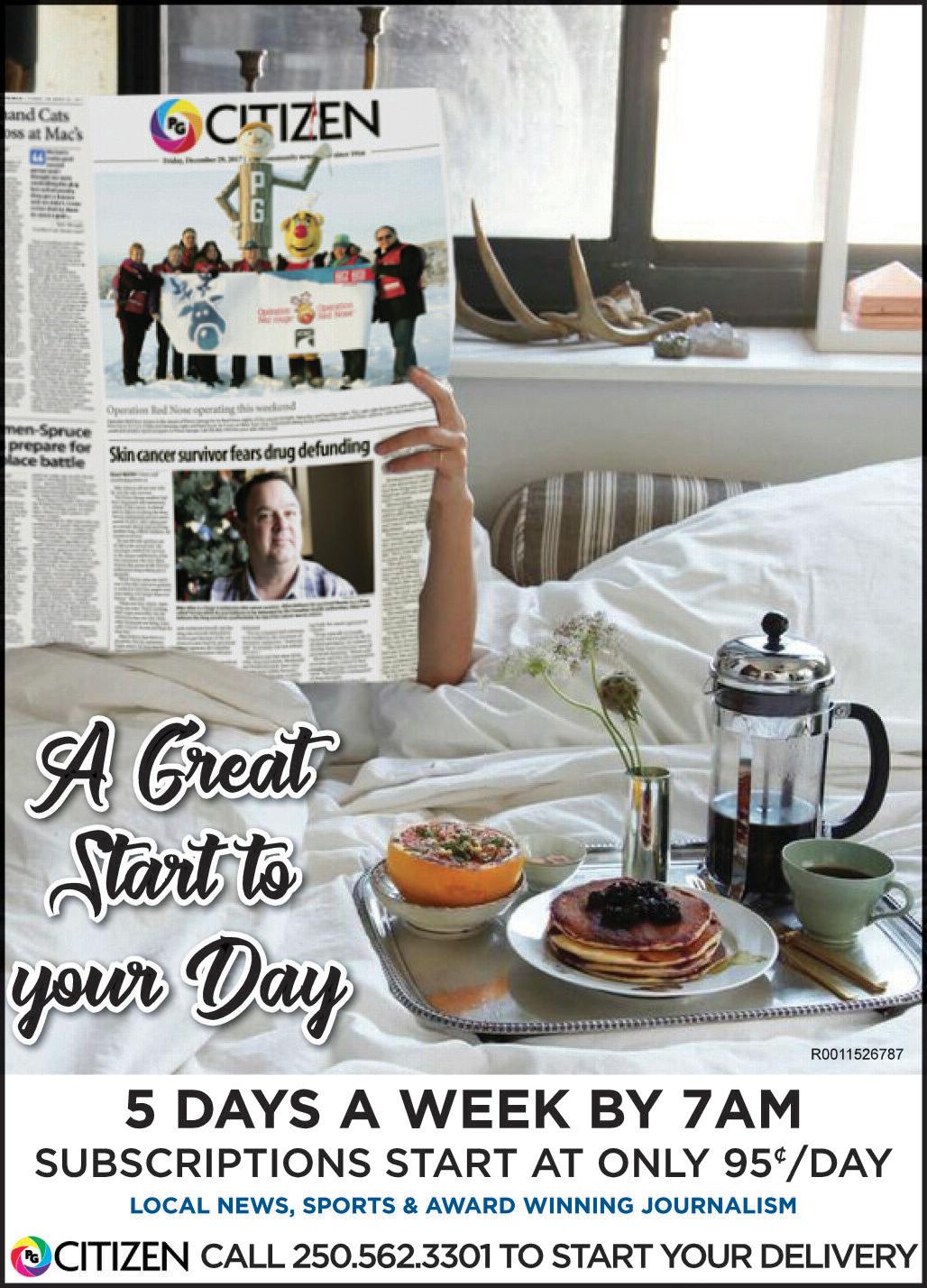
10 per cent tariff on aluminum from some countries, including China, in March. It added Canada, Mexico and the European Union in June.
The administration justified the tariffs by calling foreign steel and aluminum a threat to U.S. national security.
Ahead of the tariffs, U.S. metals producers raised prices as companies tried to buy before the tariffs went into effect, Nagle said. He said steel prices are up 25 per cent since the tariffs began, and he expects that to rise to near 30 per cent next year.
Automakers would either raise sticker prices or cut discounts on new cars, trucks and SUVs, Nagle said. The administration also is studying 25 per cent tariffs on imported vehicles, also based on national security concerns. Those tariffs would raise prices, slow auto sales and could cut U.S. economic growth in half by 2020, Nagle said. Other countries also are likely to retaliate on imports from the U.S.
the near-term, consider doing so before Dec. 31. This will allow you to recontribute the amount withdrawn as early as Jan. 1, 2019 rather than having to wait until 2020 to recontribute.
You have until March 1, 2019 to make a contribution to your RRSP or a spousal RRSP in order to be able to deduct the amount for 2018. However, if you have contribution room, contributing to your RRSP early (i.e., before Dec. 31, 2018) helps to maximize the tax-deferred growth.
A Registered Education Savings Plan (RESP) is a way to save for a child’s or grandchild’s postsecondary education and can also be used as an income splitting vehicle. The lifetime contribution limit is $50,000 per beneficiary. By making RESP contributions, you may be eligible to receive the Canada Education Savings Grant (CESG).
The government will match 20 per cent of the first $2,500 in annual contributions to a maximum grant of $500 ($2,500 x 20 per cent) per beneficiary, per year, up to a lifetime maximum grant of $7,200. Consider contributing to
OTTAWA (CP)— These are indicative wholesale rates for foreign currency provided by the Bank of Canada on Wednesday. Quotations in Canadian funds.
the RESP by Dec. 31 to increased tax-sheltered growth, and take advantage of grants. The income earned on the CESG and the contributions within the RESP can be taxed in your child’s or grandchild’s hands, who likely has a lower marginal tax rate than you.
If a trust is properly structured, capital gains realized by the trust may be allocated to a minor beneficiary and taxed in their hands with little or no taxes payable. Individuals, including minor children, with no other taxable income can realize approximately $22,000 of capital gains taxfree each year due to their basic personal exemption. The amount varies by your province or territory of residence.
Mark Ryan is an investment advisor with RBC Dominion Securities Inc. (Member–Canadian Investor Protection Fund), and these are Mark’s views, and not those of RBC Dominion Securities. This article is for information purposes only. Please consult with a professional advisor before taking any action based on information in this article. Mark can be reached at mark. ryan@rbc.com.
The markets today
TORONTO (CP) — Canada’s main stock index rose slightly while U.S. markets closed down after the U.S. Federal Reserve raised interest rates that reinforced the strength of the American economy.
Reserve Chairman Jerome Powell’s comments about U.S. economic growth is positive for Canada and signals to the Bank of Canada that it too can raise rates without fear of causing the loonie to overheat, says Mike Greenberg, portfolio manager at Franklin Templeton MultiAsset Solutions.
“A bit more strong economic growth is good for Canada,” he said.
In its commentary, the U.S. central bank removed past references to being “accommodative,” which suggests it will be tempered in rate hikes and may be getting closer to the end of regular increases, said Greenberg.
He expects another U.S. increase this year and three in 2019. Further increases will depend on data.
“If rates are rising gradually because the economy is doing better, inflation is recovering but not overshooting, that tends to be pretty good for corporates,” he said, adding that the level of rates isn’t restrictive for most companies.

Michael R. SISAK, Maryclaire DALE Citizen news service
Their famous client behind bars, Bill Cosby’s legal team is readying a long-shot bid to get his sexual assault conviction overturned. They’re also fighting civil lawsuits filed by some accusers that threaten to drain his vast fortune.
The 81-year-old Cosby’s lawyers gave glimpses of their expected appeal as his April retrial crashed toward a conviction. They were dismayed by Judge Steven O’Neill’s weighty decision to let five additional accusers testify and moved for a mistrial when one of the women called Cosby a “serial rapist” from the stand.
Cosby’s lawyers again demanded a mistrial when a prosecutor suggested they were wrong to help a star defence witness write a statement outlining how she said Andrea Constand, the woman Cosby was convicted of drugging and molesting, mused about framing a celebrity.
Recently, Cosby’s team – namely his wife, Camille – has been lashing out at O’Neill and accusing prosecutors of using illegal evidence.
Just before Cosby was taken away in handcuffs on Tuesday to begin his three- to 10-year prison sentence, his lawyers alleged that prosecutors had played a doctored audio tape for the jury. They argued that the development was enough to keep Cosby out on bail while he appeals, but O’Neill refused.
Still, legal experts say, Cosby faces long odds of winning on appeal.
Appellate courts give trial judges broad discretion to make decisions affecting how a case is tried, and they overturn only a tiny fraction of convictions. Cosby would stand a better chance, experts say, if he could show that O’Neill made serious errors that violated his constitutional rights.
The prosecutors who tried Cosby say they’re confident his conviction will stand.
“Bill Cosby is out of options,” said veteran Pennsylvania prosecutor Jarrett Ferentino, who wasn’t involved in the case. “His only option now is to blame the court system. His attempt to disparage and discredit his victims failed. He
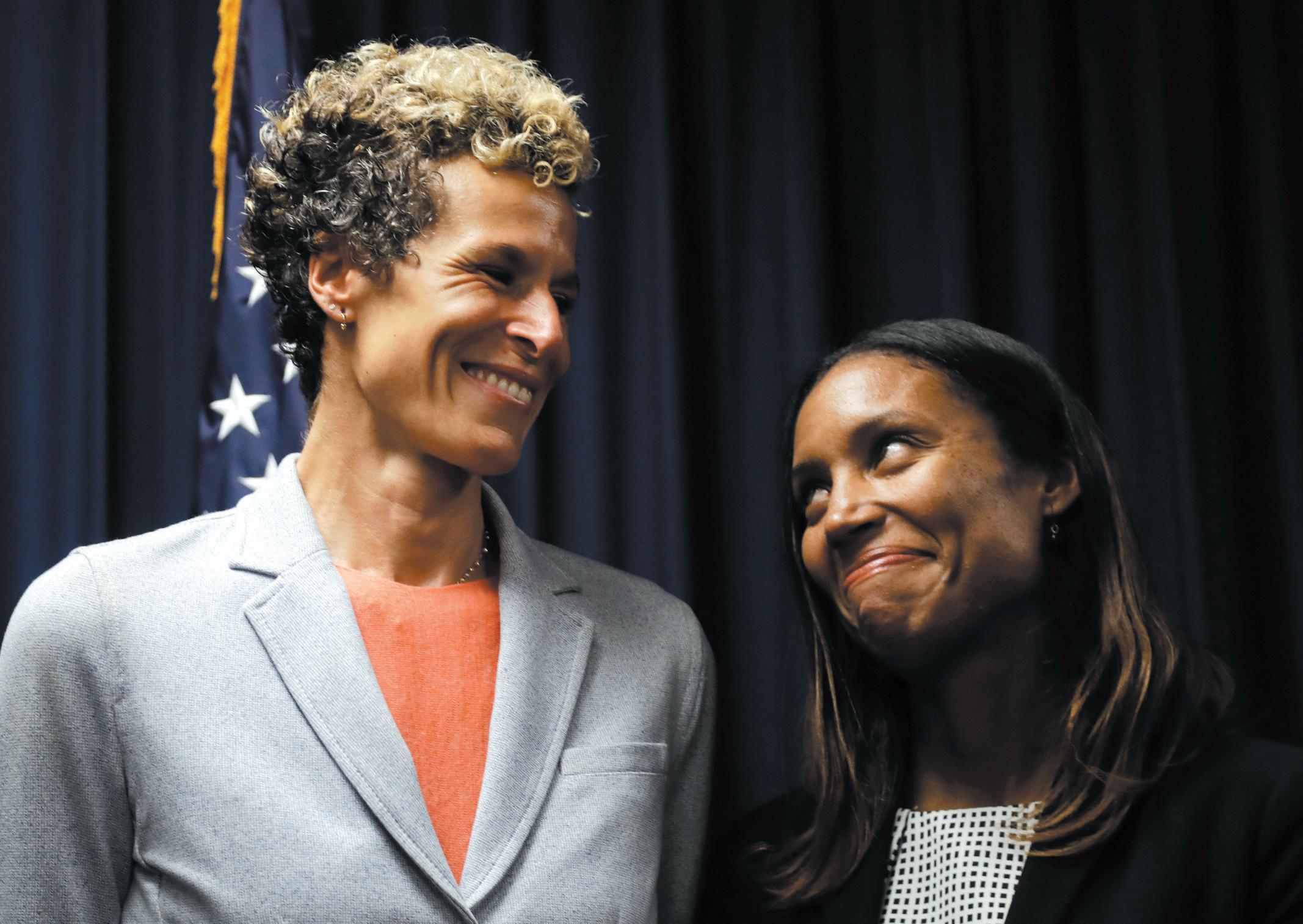
has every right to file an appeal.
His chances of success are limited.”
Cosby, once revered as “America’s Dad” for playing wise, caring Dr. Cliff Huxtable on The Cosby Show, is now known as Inmate No. NN7687.
He spent his first night as a prisoner in a single cell near the infirmary at a new state lock up a mere 32 kilometres from the suburban Philadelphia mansion where, a jury found, he assaulted Constand in 2004.
Here are some of the issues Cosby’s lawyers could argue in his appeal and the other legal trouble he’s facing:
In a failed, last-ditch bid to keep Cosby free on bail pending his appeal, his lawyers on Tuesday accused prosecutors of playing a doctored tape for the jury.
Cosby’s publicist said afterward a forensic expert found that a tape Constand’s mother made of a 2005 telephone call with Cosby had been manipulated in two places and was “not an authentic recording.”
During the call, Cosby talks

Kristin M. HALL Citizen news service
Loretta Lynn, Wouldn’t It Be Great (Sony Legacy) Loretta Lynn, now 86, hasn’t been touring since she suffered a stroke in 2017, but the Kentucky singer-songwriter’s creative output remains strong on her new album, Wouldn’t It Be Great.
Recorded before her stroke, Wouldn’t It Be Great was delayed a year as she focused on her physical health.
The collection of Lynn-penned songs stays true to the country music icon’s favoured subject matters, from love, heartaches, drunk husbands and angry women, but also family and spirituality.
Half new songs and half previously recorded, her high Appalachian vocals are unmistakably clear and refreshing with simple bluegrass and acoustic instrumentation that highlights the lyric and storytelling behind her nearly 60-year career.
For a woman who has outlived her husband, as well as some of her children, her loneliness and pain is heartbreaking on a song like I’m Dying for Someone to Live For.
Ruby’s Stool sounds like a companion to her classic Fist City, as Lynn’s feisty side comes out in a barroom dispute with another woman.
Wouldn’t It Be Great is a sorrowful plea to her late husband Doolittle to give up drinking for the sake of their relationship and contains little gems of simple and personal writing, such as “love went to waste when my sexy lace couldn’t turn your face.”
On Ain’t No Time to Go, Lynn tenderly sings with just a soft banjo plucking in the background to “stay with me a little bit longer.” It feels like a promise to her fans that she’s got much more to say if they keep listening.
about a plan to pay for Constand’s education.
District Attorney Kevin Steele rejected the allegations, saying it was widely known that Gianna Constand started her recorder after the call began.
“If that’s what they’ve got, it’s beyond a Hail Mary,” Steele said.
The biggest difference from the first trial – which ended in a mistrial – was O’Neill’s decision to let jurors hear from five other women who say Cosby had also drugged and violated them. The judge allowed just one other accuser to testify the first time around.
The new witnesses – permitted by state law to show that a charged crime fits a larger pattern of offences – helped prosecutors bolster what had been a “he-saidshe-said” case.
“That one is front and centre because he didn’t rule that way on the initial trial,” Loyola Law School professor Laurie Levenson said. “It raises the question of why is he doing so this time? Why is he trying to put his thumb on the

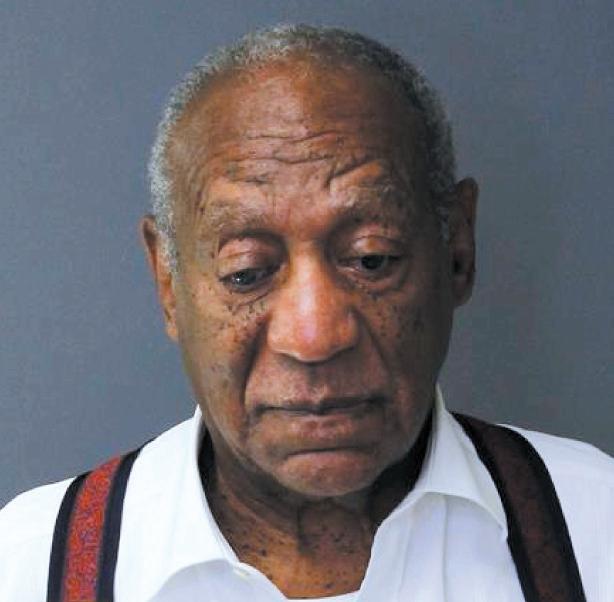
Cosby’s lawyers tried to get O’Neill to step aside before the retrial, but never mentioned the feud. Instead, they suggested he was being influenced by his wife, a social worker who has described herself as an “activist and advocate for assault victims.” O’Neill declined, saying he’s “not biased or prejudiced” by her work.
scales of justice?”
Cosby’s lawyers blasted the women’s testimony as excessive and prejudicial, and twice demanded a mistrial over their charged rhetoric.
Pennsylvania courts have long grappled with how many “prior bad act” witnesses to allow. Prosecutors in the Cosby case originally wanted 19 women to testify, but an appeals court could have seen that as too many.
Monsignor William Lynn, a former Roman Catholic church official, had his 2012 child endangerment conviction thrown out after 23 such witnesses took the stand.
As sentencing neared, Cosby’s wife issued a blistering statement accusing O’Neill of “unethical behaviour” and travelled to Harrisburg to file a complaint with a judicial ethics board. Camille Cosby alleged that O’Neill was biased because of an old feud he had with the prosecutor who declined to bring charges against Cosby in 2005.
Cosby’s lawyers also took issue with the makeup of the jury. During jury selection, they accused prosecutors of illegally removing a black woman from the pool on the basis of her race and alleged that a prosecution team member said “something that was discriminatory and repulsive.”
Later, they sought to remove a juror after a rejected juror alleged he told her: “I just think he’s guilty, so we can all be done and get out of here.”
O’Neill questioned jurors in chambers and allowed the man to stay.
Cosby is also defending defamation lawsuits filed by at least 10 accusers in Massachusetts and California, which were mostly put on hold during the criminal case but should now pick up. The women say that Cosby and his agents deemed them liars by denying their sex assault accusations. Cosby has countersued the seven women in the Massachusetts case, alleging they engaged in a campaign to “assassinate” his “honourable legacy and reputation.” Cammarata will ask a judge next month to schedule a trial date and let him take Cosby’s deposition.



Cybele NEGRIS Citizen news service
So much of success is still based on who you know – I didn’t truly grasp this until my 30s and avoided networking like the plague.
In an article for Business in Vancouver last year, I confessed my “dirty little secret” that I was the “ultimate impostor.”
Behind feeling that I was unworthy of being at the table, didn’t fit into male-dominated industries (construction and technology) and was undeserving of recognition for what I had achieved was a fundamental shyness and lack of confidence.
I dropped out of the University of British Columbia’s commerce program to avoid public speaking and ended up with a psychology degree instead – a direction I figured might help me delve into the root of my own insecurities. When I became an entrepreneur and started my own companies, I was intensely afraid to take on speaking engagements and anxiety-ridden each time I had to attend a networking function, yet I knew as the public face of my company I had to do it. This is when I set out to overcome my fear of public speaking and networking. Now I speak on average at least once a week, in addition to attending multiple networking or business events. I call myself a functioning introvert (someone who re-energizes by being alone). Here are some of the insights and tips that helped me get to where I am today:
• Understand that many people are uncomfortable networking or public speaking (even those who seem like they are masters at it). Maybe you feel like you don’t belong, don’t fit in or won’t know anyone. Know that you are not alone in these fears – many people feel insecure.
• To understand your own feelings of impostor syndrome, read my article at impostorsyndrome.ca and Valerie Young’s book The Secret Thoughts of Successful Women. Recognizing these feelings is the first step to challenging and overcoming them.
• Start by attending friendly events with other professionals in your field.
• When you get to an event, scan the room for those on the sidelines. Find someone who looks approachable, then go and introduce yourself. A simple “Have you been to one of these events before?” will get the conversation rolling. You’ll both be relieved to break the ice and you might even gain a cohort for the remainder of the event.
• Focus on the other person – striking up a conversation can feel uncomfortable, but for many women, so does talking about themselves. Asking others questions is a good way to connect, warm up and build confidence. Ask questions about their business, why they are there and what they enjoy about the group.
• Reach out through technology first – look at the attendee list in advance, if it’s available, and connect with people a few days before the event via LinkedIn or Twitter. By exchanging a message beforehand, or

simply following or liking their content, you can make that in-person conversation feel less intimidating. By the time you arrive at an event, you’ll feel like you already know some of the attendees – plus, you can break the ice by referencing something they have shared.
• Use a Dale Carnegie trick I learned when I took the Dale Carnegie program many years ago. When you first meet people, look them in the eye and shake their hand. Repeat their name after they say it. If it isn’t clear, ask them to spell it or repeat it. Make an effort to memorize it by associating their name with an image. I learned 50 people’s first and last names in one three-hour session and never forgot their names over 10 weeks. Twenty-five years later, I still remember the full name of the partner I did the exercise with.
• Ask a mentor to take you to an event and introduce you to people. If you don’t have a mentor, ask a more senior colleague or a well-connected friend. You will learn a lot and shed some anxiety simply by being the sidekick at a couple of low-pressure events.
• Become a mentor – acting as a mentor ver the past seven years has taught me how to open up and share my experiences with younger entrepreneurs and business people. Now I’m much more comfortable
at networking events when asked about myself.
• Feel the fear but do it anyway – often I dread going to an event but then end up having a good time. Remember that FEAR is False Expectations Appearing Real. The anticipation and fear are worse than reality. If you’re an extrovert (someone who reenergizes by being around people) you may not think you need any help, but here are a few tips for your consideration also:
• Stop pitching – don’t go into an event pitching and trying to sell your products or services. But if asked, have a 30-second elevator pitch ready and rehearsed so it naturally rolls off your tongue.
• Avoid drinking if you can, or be mindful not to overdo it. Don’t forget to put down that drink during photo opportunities because you never know where those pictures will get published and shared.
• Be genuinely interested – I highly suggest reading the book How to Win Friends and Influence People by Dale Carnegie. In the book there are numerous tips on how to better relate with people based on “human relations principles.” You can learn to be interested in the people you meet in a genuine way. Look people in the eyes when you talk. Actively listen rather than shaking hands mindlessly while you wait to say
Jordan PRESS Citizen news service
OTTAWA — Soon-to-be-parents will be able to access extra weeks of leave three months earlier than expected.
This year’s federal budget announced additional weeks of “use-it-or-lose-it” leave for non-birthing parents, like fathers, and set June 2019 as the date it would come into effect.
The reason for the timing was largely technical in nature. The system that operates employment insurance, which includes special benefits like parental leave, had to be updated to handle the government’s new options.
Social Development Minister JeanYves Duclos said the system updates were finished faster than expected, and the timeline to add the new leave for dads was moved up to mid-March 2019. Only parents whose children are born or adopted after March 17 will be able to take advantage of the additional weeks.
The Liberals said that moving the date of implementation up by three months could benefit more than 24,000 people.
Parents will get five additional weeks if they opt for the traditional 12-month parental leave, or eight weeks under the new 18-month option introduced late last year, so long as the couple agrees to split the time off to care for a new child.
If the couple doesn’t share the time off, then the family won’t qualify for the extra weeks - making it a use-it or lose-it option.
Quebec has already dedicated leave for second parents, which provides up to five weeks of paid leave to new fathers that covers up to 70 per cent of their income.
Duclos said in an interview that the results in Quebec, his home province, are clear. In 2016, he said four in every five fathers took the time off, compared to about one in 10 in the rest of the country.
The Liberals have faced calls from experts, labour and business groups to make further changes to the parental leave system to allow more parents to qualify, boost the value of benefits paid out and ensure that single parents can also benefit from things like dedicated leave for second parents.
There have also been calls to make leaves available to anyone who isn’t considered a primary caregiver, such as
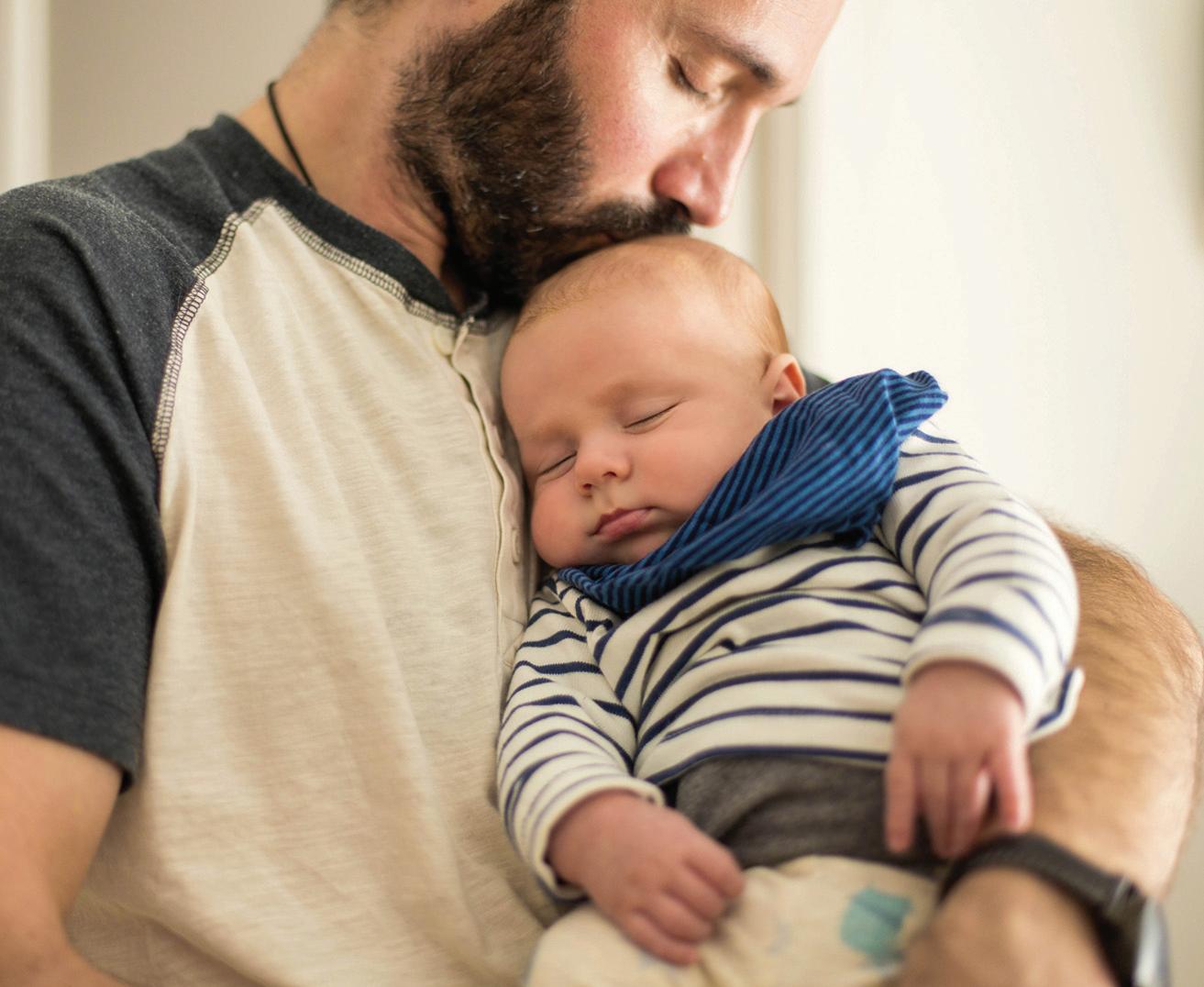
introducing additional weeks of parental leave for
parents, like fathers, in March 2019 – three months earlier than
a grandparent. Duclos says the government will continue to look at ways to modernize the employment insurance system.
“The answer is, of course, there will always be more to do. Our families and our economy are changing rapidly, and our EI system needs to adjust.”

what you want. Be fully present and don’t continuously scope the room for the next person to speak with.
• Making conversation might be easy for some but can be a real struggle for others. When you get to an event, seek out the person on the sidelines who is not talking to anyone. Take a few minutes to help that person feel comfortable or to give them a warm start by introducing them to people you know.
• Network without expectations – go to an event to build relationships and be happy to grow your network without the intention to sell your wares. People buy from those they know, like and trust. The sales will follow in due course.
Networking is a powerful tool that can help advance your professional career and grow your business. With practice and perseverance, it will begin to feel more natural and even enjoyable. As you get the hang of things, remember that it’s OK to take a few minutes to regroup and re-energize if you need it, and to extend the same kindness to yourself that you would to others. You’ve got this! Happy networking.
Cybele Negris is a serial entrepreneur, CEO and co-founder of Webnames.ca (Canada’s original .ca registrar), director of the Royal Canadian Mint, speaker and mentor.


James McCARTEN Citizen news service
UNITED NATIONS, N.Y. —
U.S. President Donald Trump let Canada know how he really feels Wednesday – sharpening his tariff threat, calling out Chrystia Freeland and claiming he denied Justin Trudeau a bilateral meeting, all because of the federal government’s hard bargaining on North American trade.
Trump made the comments late Wednesday during a free-wheeling news conference at the end of his two days at the United Nations General Assembly. He was asked if he had denied Trudeau a request for face time while the two leaders were at the UN.
“Yeah, I did,” Trump said.
“His tariffs are too high and he doesn’t seem to want to move. And I’ve told him, ‘Forget about it.”’
But the president wasn’t done.
He then reiterated his threat to slap punitive tariffs on Canadian auto imports to the U.S., a bothbarrels tactic experts on either side of the border have warned would devastate the industry.
“Frankly, we’re thinking about just taxing cars coming in from Canada,” Trump said. “That’s the motherlode, that’s the big one. We’re very unhappy with the negotiations and the negotiating style of Canada.”
And then, for good measure: “We don’t like their representative very much.”
That appeared to be a reference to Foreign Affairs Minister Chrystia Freeland, a former journalist and careful tactician whose star turn in Trudeau’s government has earned her deep respect in the
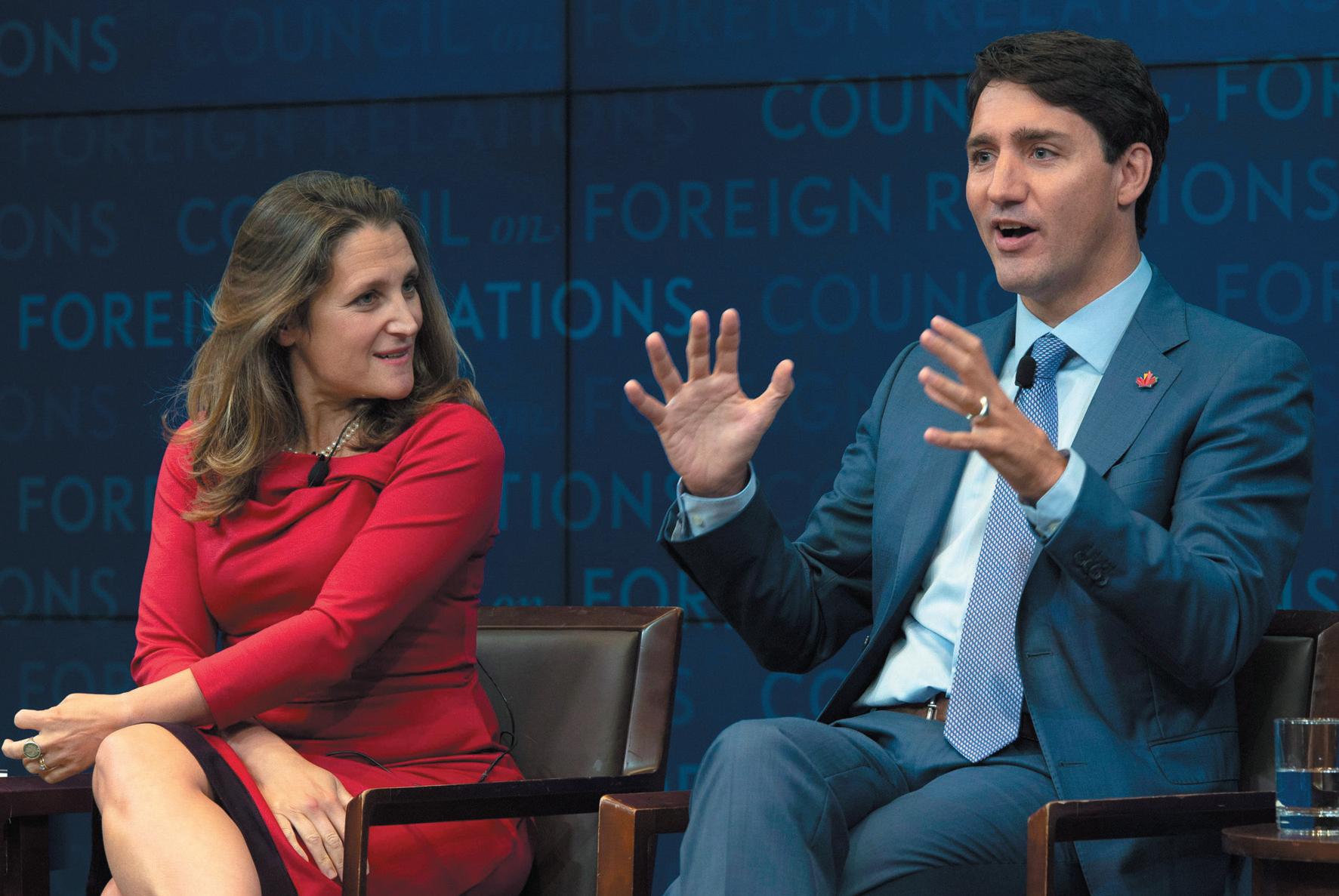
Liberal caucus and beyond. Officials in the Prime Minister’s Office disputed the president’s statement – insisting for the second time this week that they did not request a meeting and declining further comment.
It wasn’t immediately clear whether Trump was responding to comments Trudeau made earlier at a news conference of his own –similar to what happened over the summer following the G7 meetings in Quebec.
Trump had already left Charlevoix and Trudeau was giving a seemingly benign defence of Ca-

nadian interests at a post-summit news conference when the president suddenly erupted into a bitter Twitter tirade from the confines of an airborne Air Force One.
The two leaders have spent little time together since, suggesting that the G7 gathering was a turning point in one of the most important high-level diplomatic relationships in the world.
Earlier Wednesday, Trudeau appeared to give a gentle nudge to the president’s trade ambassador, saying Trump had insisted repeatedly that punitive American tariffs on steel and aluminum wouldn’t
be an issue under a new NAFTA.
Trump has said “a few times” that a new deal would mitigate the tariff issue, the prime minister said.
“We are continuing to work on getting to a right deal for Canada, a right deal for Canadians. And that involves, obviously, feeling confident about the path forward as we move forward – if we do –on a NAFTA 2.0 and the ... lack of punitive tariffs that we consider are unjust,” Trudeau said.
The pressure, of course, is mounting.
Congress, wary of upcoming
midterms that are widely expected to inject more Democrats into the current power balance on Capitol Hill, is agitating for Canada to join an existing U.S.-Mexico deal before a self-imposed deadline of Sunday.
Observers say the patience of U.S. lawmakers is waning, particularly with a good deal with Mexico on the table. Supporters of Mexico’s incoming government, which takes office Dec. 1, are not especially fond of NAFTA, which is why both countries want the deal done before then.
Trudeau’s interactions with the mercurial U.S. president have been a subject of great curiosity over the course of his three days at the General Assembly.
First, there were the comments from U.S. national security adviser John Bolton, who suggested Monday that requests for a bilateral meeting “couldn’t be accommodated.”
Officials in the Prime Minister’s Office insisted no such request had been made, given already close contact with the White House.
The next day, what appeared to be a brusque encounter between the two leaders – Trump appeared to ignore the prime minister at a UN luncheon until Trudeau tapped him on the shoulder, only to shake hands with a still-seated president – sent tongues wagging.
The prime minister insisted it was just an innocent exchange – a notion that was all but in tatters by the time Trump took to the podium, where he felt compelled to add his standard countervailing compliment.
“I love Canada, by the way,” he said.
“I have so many friends... but that has nothing to do with this.”
Dan HEALING Citizen news service
CALGARY — The president and CEO of Trans Mountain Corp. says its sidelined pipeline project could be back on track by next year under a new National Energy Board hearing schedule, setting it up for a possible 2022 opening date.
The timeline unveiled by the federal pipeline regulator on Wednesday is “reasonable and fair,” said Ian Anderson, the former CEO of Kinder Morgan Canada who became head of the resulting Crown corporation when Ottawa closed its $4.5-billion purchase of the pipeline and its expansion project in early September.
He told reporters in Calgary it’s possible construction that was halted when the Federal Court of Appeal overturned the expansion project’s NEB approval in late August could be restarted in 2019.
“Sure, it’s possible,” he said. “If things go according to the timeline that’s been now started with

the NEB and they have a recommendation by the middle of February and the government takes a few months for additional consultation, an orderin-council could be as early as next summer.”
He added construction is expected to take about 30 months, depending upon seasonal adjustments, which would mean the pipeline could be operational in 2022, about two years later than the most recent predicted in-service date.
The federal government approved the Trans Mountain expansion project in November 2016, following a recommendation by the NEB.
But the court cited insufficient consultation with Indigenous communities and a failure to assess the environmental impact of additional oil-tanker traffic in overturning that ruling.
Last week, the federal government ordered the NEB to go back and conduct a review of tanker traffic, paying special attention to the affect on killer whales, and issue its report no later than Feb. 22.




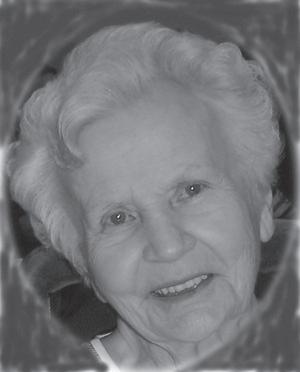
Marie Primus
It is with great sadness that we say goodbye to a sweet lady, Marie Magdalena Primus (nee Merkosky) June 14, 1928 to Sept. 22, 2018 She has peacefully moved on to her eternal home. Sweet Marie will be joyfully greeted by her husband Ben, her parents (Joseph & Elizabeth Merkosky), in-laws (Frank & Anna Primus), her brothers (John, Ollie, Mike, Jake, Leo, Nick, Pete, Alex & Joey), her son-inlaw, David Ceaser and grandson, Shawn Bailie; when she reaches those pearly gates.”What a time they will have over there.”Marie & Ben moved from Leroy, Saskatchewan to Prince George in 1965. Marie sold Avon, then Nutri-Metics and worked at Woodwards for many years. They moved to Vernon in 1980 and resided there until they returned to Prince George in 2007. Marie was a resident at Parkside Care Home since 2016. Her children; Larry (Georgia), Doug (Sharon), Joan, Allan (Martha), Rick, Dale (Chris), Frank, Romay (Lynn), Greg (Bev), Diane (Werner), Corey, Beth (Dale), her grandchildren, great grandchildren and great, great grandchildren, her sister, Cecelia Taphorn and uncountable numbers of nieces, nephews and friends, will certainly miss this beautiful soul. A Memorial Service will be held for Marie at the Prince George Funeral Chapel, 1014 Douglas Street, on Saturday, October 6th at 2:00 p.m.

Irene Phyllis Doyle
It is with great sadness we announce that Irene Phyllis Doyle has passed away peacefully with family by her side on Tuesday, September 18, 2018 in Prince George, B.C. Irene was born in Eastend, Saskatchewan on April 1, 1927. She is predeceased by her husband Don, parents Frank and Winnifred Studer, daughter Pamela, son Gerry, and son-in-law Gord. She is survived by her children: Judy (Dan Gaboury), Meryl (Jari Rannankari), Dean (Tracy), Jani (Gord Olson) and her grandchildren: Kirk (Michelle), Don (Loralyn), Angela (Erwin), Daryl (Morgan), Jared (Nadine), Sean (Gisslenni), Hailey, Cody and 9 loved great grandchildren. She will forever be remembered for how loving, beautiful and caring of a person she was. Irene always opened her home to anyone that needed a place to stay whether it was just for a visit or until they got back up on their feet. Family was always the most important thing to her and wanted nothing more than being around them. Not only having her immediate family, Irene was considered a second Mom and Granny to many more with her warm heart and welcoming home. Her kind soul has truly touched our hearts and in our own way made us all feel special and will forever be loved and missed. A celebration of life to held at the Prince George Golf and Curling Club on Saturday September 29, 2018 from 1-3pm. Irene has requested that no one wear “gosh darn” Blue : )
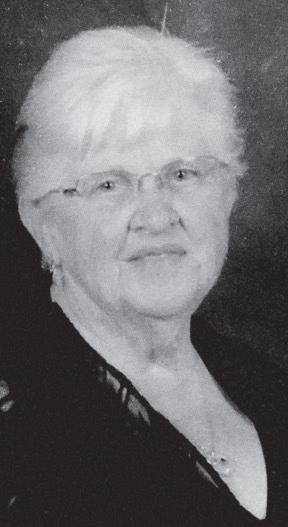
It is with great sadness our family announces the passing of Patricia Dodorico
Pat lost her courageous battle with cancer on July 20, 2018, with her family by her side.
She was predeceased by her father, mother and daughter. Pat was born and raised in the Lower Mainland where she met the love of her life, Lino, and they were married June 28, 1958. They moved to Prince George to further Lino’s career with the BCR in 1965. After leaving Prince George once more Pat and Lino returned in 1994 to the place they called home for so many years. Pat enjoyed many memories with her children, Gord (Erin), Tena (Ron) and Darcy. She loved when her grandchildren, Jennifer (Jeremy, Russell), Allesha (Chris), Shelby (Travis), Cody as well as her 6 great granddaughters would stop in for a visit. Pat only left this world after she celebrated her 60th wedding anniversary and helped welcome her 6th Great granddaughter!!
To the world you are a mother but to your family you are the world
A celebration of life will be held on October 4, 2018, 1-4pm at The Salvation Army Church, 777 Ospika Blvd S, Prince George.

Sahlen,EdytaJ. April3,1918-September25,2018
EdytaJosefinaSahlenpassedawayonSeptember 25th,2018atKiwanisPavilioninVictoria,B.C. BorninTeulon,Manitobain1918toBronislauand WeronikaBialuski.PredeceasedbyherhusbandGote RagnvaldAugustin(Ray)Sahlenin1977.Sheis survivedbyherthreesons-HansofCalgary,Alta, ArneofKimberley,B.C.andAllan(Anna)ofPrince George,B.C.Alsosurvivingarehergrandchildren JackieandEmilyofOntario;CassandraofLethbridge, AB;KristinofVictoria,B.C.;AarynofMapleRidge, B.C.;andSpencerofCoquitlam,B.C.Sheissurvived byonesister,Lida(Leon)MagurofTempe,AZand predeceasedbytwobrothers,RudolphBialuskiof Sacramento,CA.andHarleyHaynesofEdmonton, AB,andonesister,WandaWeldonofIrvine,CA. Shewillbesadlymissedbyherfamilyandfriends.A memorialservicetocelebrateherlifewillbeheldat KnoxPresbyterianChurchonSaturday,September 29th,2018at2:00PM.
Inlieuofflowers,donationsmaybemadetoWomen inNeed(WIN)1803CookStreet,Victoria,B.C.V8T 3P5
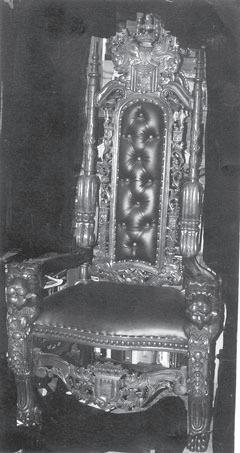

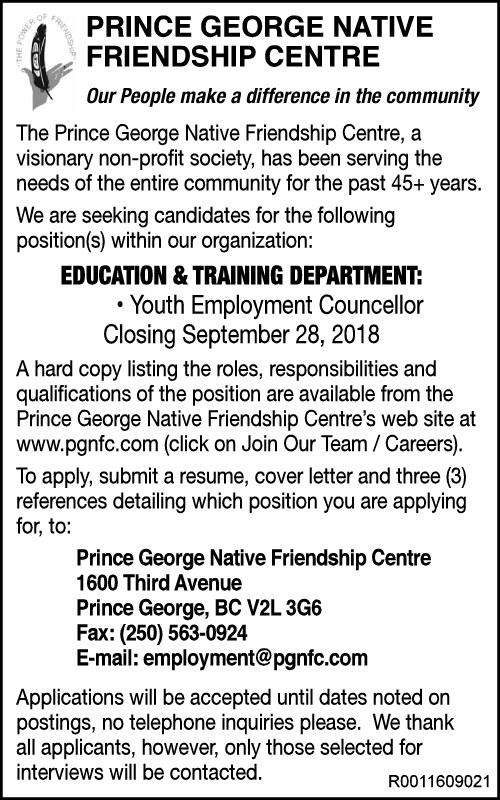

Wiebe (nee Sutherland) Oct 4, 1933 - Sept 12, 2018
It is with great sadness that we announce the sudden passing of Marianne Wiebe, born October 4, 1933 in Didsbury, Alberta. Marianne was predeceased by her husband, Peter, and her brothers, John and Bill. She is survived by her children, Robert (Barb) and Barbara (Ray), as well as her grandchildren, Scott, Sarah, Natalie and James. A Celebration of Life will be held on October 13, 2018 at 10am at the Pineview Hall, 6470 Bendixon Road, Prince George, BC. In lieu of



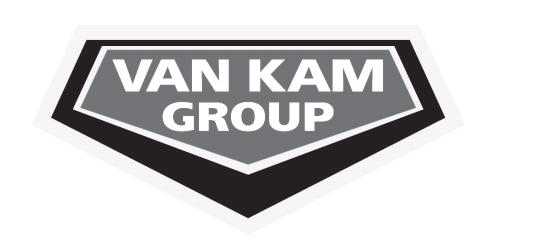
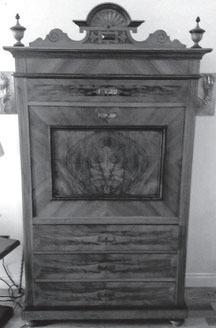
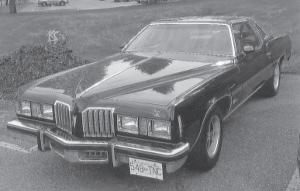






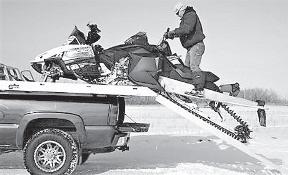

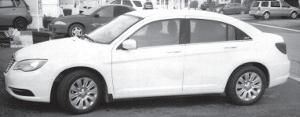







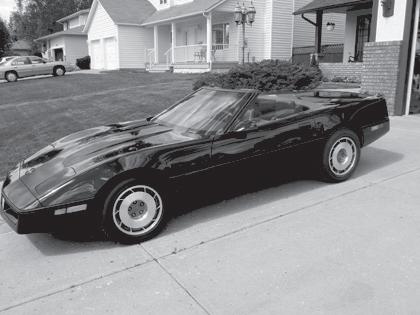


























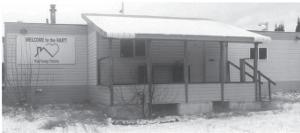

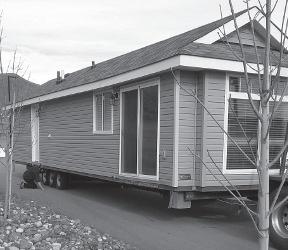

March 31, 2019 and hauling of all decked timber at roadside must be completed by July 1, 2019.
The successful applicant(s) will be required to complete all road/block layout, road reconstruction/brushing of existing roads, develop any new block roads, harvest, load, haul, and
• Care

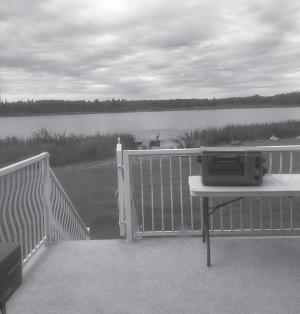
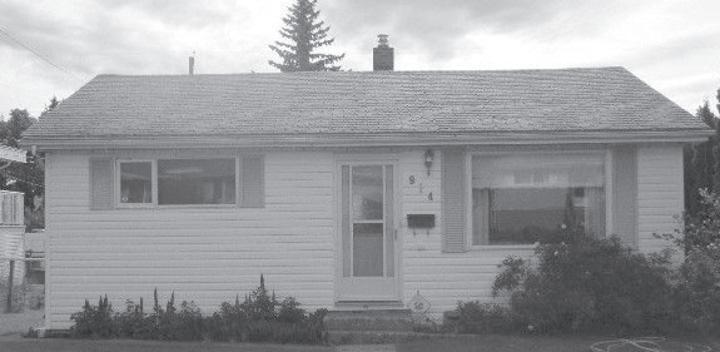

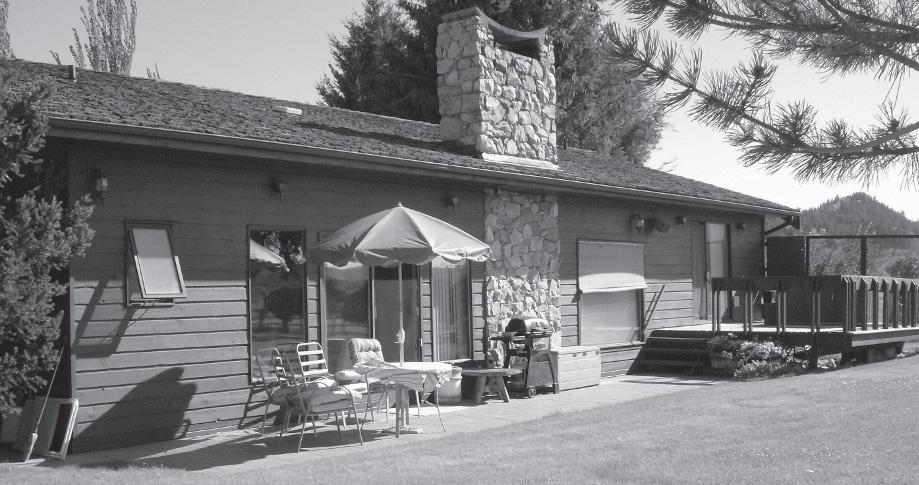

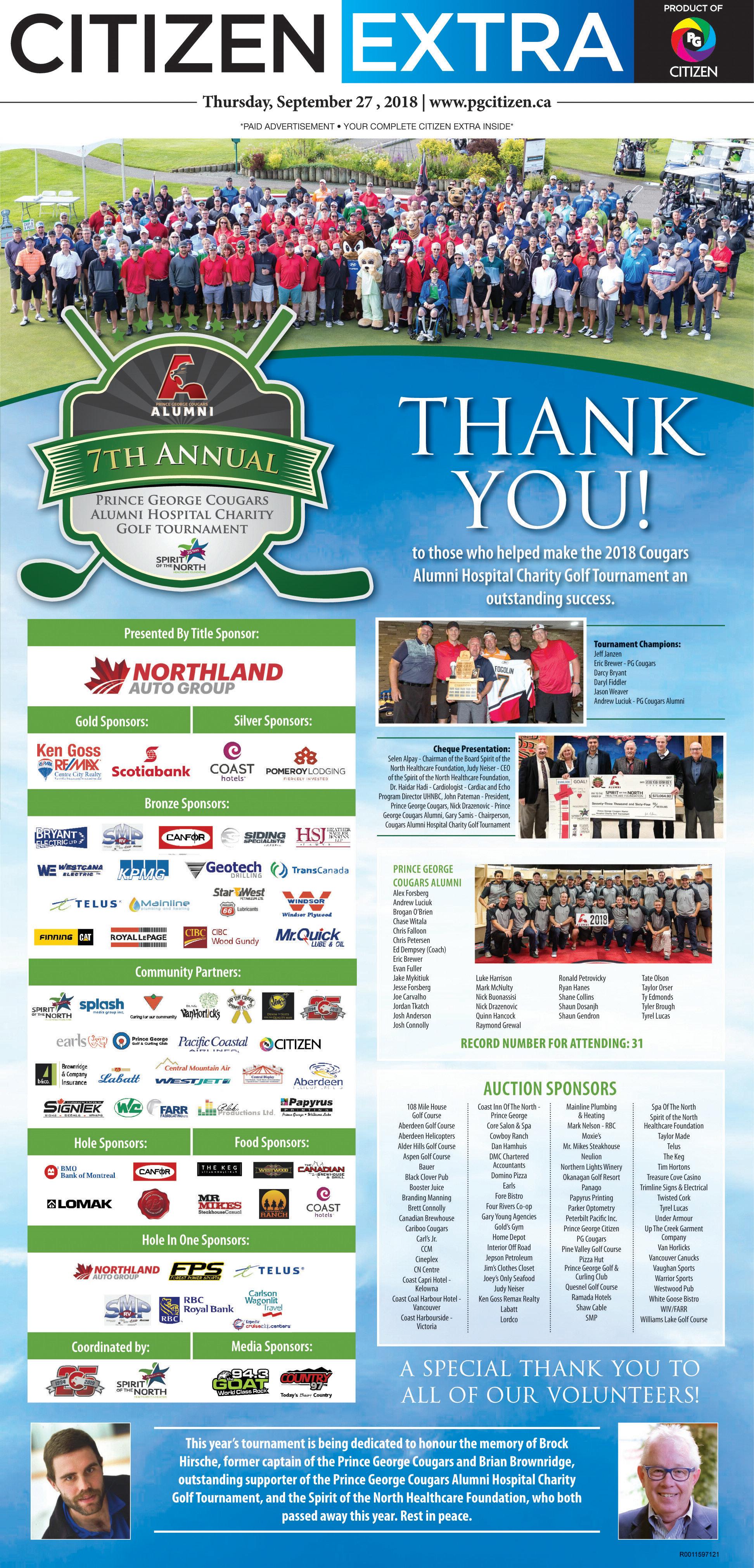





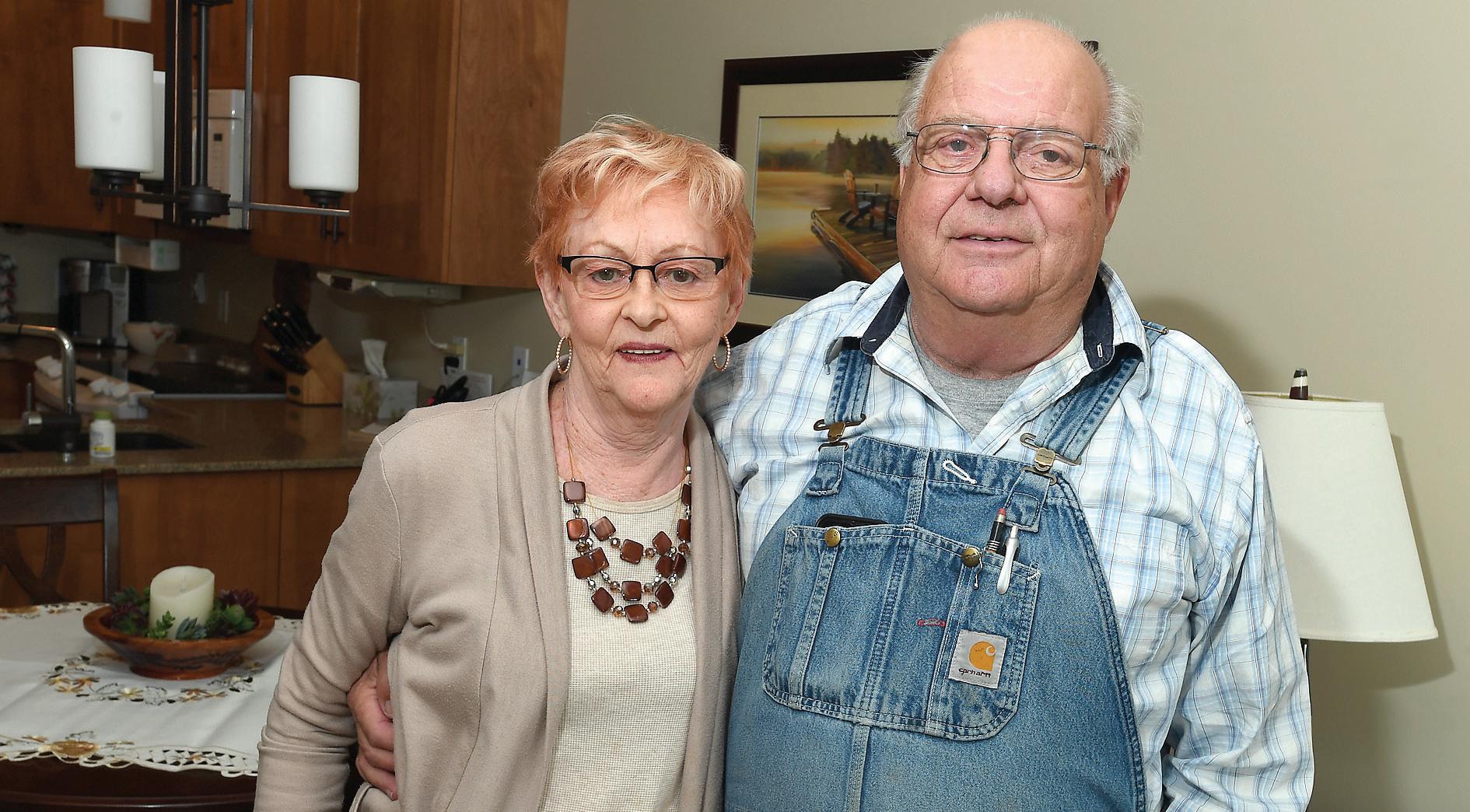
The Pickering family has been in Prince George as far back as the early 1900s. I spoke with Donald Pickering and he said, “My mother’s family is of Dutch descent; I was born in 1943 in Hilversum, in the province of North Holland, Netherlands.
“I was the only kid in my school that went to his parents wedding; this is how it all came about. My parents were divorced shortly after I was born. In 1945 my mother Maria Wingalaar met Cecil Benjamin Pickering a Canadian soldier from Prince George who was stationed in Holland. He was the eldest of the 12 children of Arden and Eddi Pickering of Prince George.
“My mother dated Cecil until his tour of duty was up and then he was sent back to Canada. Nearly two years later he wrote my mother a letter of proposal and asked her to come to Canada to marry him. He also mentioned that she should bring her child, which was me, along with her.
“My mom and I arrived at Pier 21 in Halifax, Nova Scotia in April of 1947. We could not speak English when we arrived but we learned quickly. My mom and Cecil were married the following month at the Knox United Church and I attended the ceremony.”
Don lived on a farm in the Mudd River area for two years where his father had a sawmill operation. He started school in 1949 and attended Connaught

Elementary which was located on Queensway. When he was in Grade 3 the school burned to the ground the day after Halloween. He then attended school in shifts at King George V Elementary school for two years until his return to the new Connaught Elementary school which is now Ron Brent Elementary.
He attended Grades 7, 8 and 9 at the Connaught Junior High School which is now gone and then attended high school at Prince George Senior Secondary which was at the time located on McBride Crescent.
After high school he attended Prince George Vocational Training School and apprenticed as an auto mechanic at Belcourt Motors for two years.
Don said, “I started working for Prince George Motors in 1965 and in 1972 I started my own mechanics shop. I was ambitious, organized and motivated and my personal goal was to always do an honest day’s work for honest pay from my customers. I worked hard and made a fairly good living.”
Don married Sandra Bradley in 1964; they separated in 1982. They had three children: Donald Jr .and twin girls Carmen and Tracy.
In 1997 he went into trucking and started Frontier Contract-
ing with a fleet of five trucks. He contracted for the BC Forest Service mainly hauling fire fighting equipment. Don said, “It was a job where we worked all day and every day, including weekends during the forest fire season. I retired from it all in 2011.
“I have seen all four corners of the province working for the Forest Service. We used to do prescription burning which was ended by environmentalist in the 90s because of the smoke. I believe that after the prescription burning of a logging block, which removed the willows, the burning enabled the seedlings to grow faster and better.”
Don married Jo-Ann Spiers Pawlachuck in 1983. Jo-Ann was born in Winnipeg, Man. in 1942 and came to Prince George in the early 80s. She started working for the Insurance Corporation of B.C. in 1982 as a switchboard operator and later worked for Dick Harris in his constituency office until her retirement in 2005.
Don said, “We traveled when we were younger and we are glad we traveled when we did. One special trip that we took was when we took the train all the way to Halifax and stayed there for a month. We rented a car and went to the Canadian Museum of Immigration at Pier 21. It was amazing because the museum occupies part of Pier 21, the former ocean liner terminal and immigration shed that operated from 1928 to 1971.
“I reunited with my birth father in 2000; I had not seen him
since 1960. It was very interesting for both of us to see how our lives had changed.”
Jo-Ann wanted to give back to her community in her retirement so she volunteered for Habitat for Humanity Canada, a national non-profit organization that endeavors to work towards a world where everyone has an opportunity for a safe and decent place to live. Years later she started the Habitat for Humanity ReStore.
During her many years of volunteer work for Habitat for Humanity Jo-Ann was involved in the start and the completion of seven homes which included the landscaping and the occupancy of the new families.
Don joined Jo-Ann at the store and they worked together for two years sorting out donations and organizing the store for their customers.
When the store closed Jo-Ann retired and now they are enjoying their retirement living at River Bend where Don is the president of the strata council.
Jo-Ann said, “We are enjoying our retirement and our new friends at River Bend.”
“Don and I have been together for the past 35 years and he can still make me laugh. We are happy to have the opportunity to grow older together.
“I had three children in a previous marriage; Kari, Cristal and Danny. We have a blended family of six children, 12 grandchildren and 13 great grandchildren. To make a long story short, life is great.”
•••
September birthdays that
I know about: Christine Hinzmann, Alberto Sultano, Clarence Wigmore, Claude Bussieres, Eva Werlberger, John Werlberger, Roberta Barnes, Rae McIntyre, Jeannette Rogers, Ernesteen McNeil, Colin Blair, Vi Merritt, Alan Thorp, Joellen Burgess, Velma Wortman, Karin Burke, Mike Bundock, Len Shankel, Jason Shankel, Ernie Myers, Vern Wright, Bill Palmer, Mike Padalec, May Campbell, Ray Lougheed, Anita Robertson, Bill MacIver, Roberta Johansen, Gerda Korolek, Marie Moore, Marie Trew, Dee Neukomm, Linton Walker, Russell Padalec, Kelly Ashton, Betty Anne Brittons, Marcella Dunbar, Howard Orser, Ken Royston, Dr. Judy Gavin (from Lumby), Brian Kelly, Winnie Mikolayczyk, Eldie Ward, Marie Sumners, Barb Jensen, Kate Ormiston, David Milne, Bea Stanley, Diane Bock, Celestina Johnson, Esko Karlson, Dan Clay, Benita Karlson, Larry Anderson, Dale Ziegler, Tony Mulder, Susan Fowler, Emilia Cote, 99 years for Eva St. Pierre and 100 years for Dorothy Hillhouse.
Anniversaries for September that I know about: 64 years for Jack and Louise Little, 63 years for George and Hilda Lippke, 63 years for Bob and Marvina Nikkel, 59 years for Arnold and Leona (Buchi) Nyberg, 53 years for Dave and Doreen Erickson, 52 years for Roland and Barbara Chartrand, 52 years for Wilfred and Rosel Vogt, 45 years for Denis and Shirley Dunkley and 42 years for Brian and Bev Kelly.

Frank PEEBLES Citizen staff fpeebles@pgcitizen.ca
Robert Sebastian is offering the world a bouquet of roses.
Plucked from the gardens of his mind, the famed Gitxsan artist has released the three flowers as his latest artistic deed. One is a representation of a frog, one a wolf, one a killer whale/fireweed in a series he calls The Spirit And The Rose. Each one stands alone or they can hang as a group.
In addition to being one of Canada’s most acclaimed artists working in traditional Aboriginal style (as a painter and carver), Sebastian is also a traditional Indigenous dancer and a writer, often using the journalism and essay formats. He is a storyteller in so many of its shapes. That has led him to travel and led him to study. It also tunes his mind to current affairs and this series of three roses was a response to world events, and how they machinate inside us as individuals even if they come

to us through broadcast lenses from far away.
“There is so much in the news that talks about very bad things that impact us all in bad ways in our modern culture, and modern culture affects us all, no matter what your background,” Sebastian said. “The rose has been a symbol of a very simple gesture, a romantic act, a man giving a flower to woman. I’ve centred this series on ladies very deliberately.
“It happens once in awhile, in all reality, but the deeper meaning in the giving of the rose is that the man means his affection for her all the time. We have to live this philosophy of passing on a rose as a symbol of our affections for Mother Earth, Mother Nature, the spirit that is embodied by women to grow and nurture life, and that the gesture represent what we need to feel always. We must pass this philosophy on to our children and grandchildren.”
The act of love is not all on the shoulders of the man to express to the woman, he said, nor is the act of nurturing all on the shoulders of the woman. Once woman has given birth to a new life, there is a responsibility of the man, the community, and eventually the new child themselves to live in a healthy and mutually supportive way.
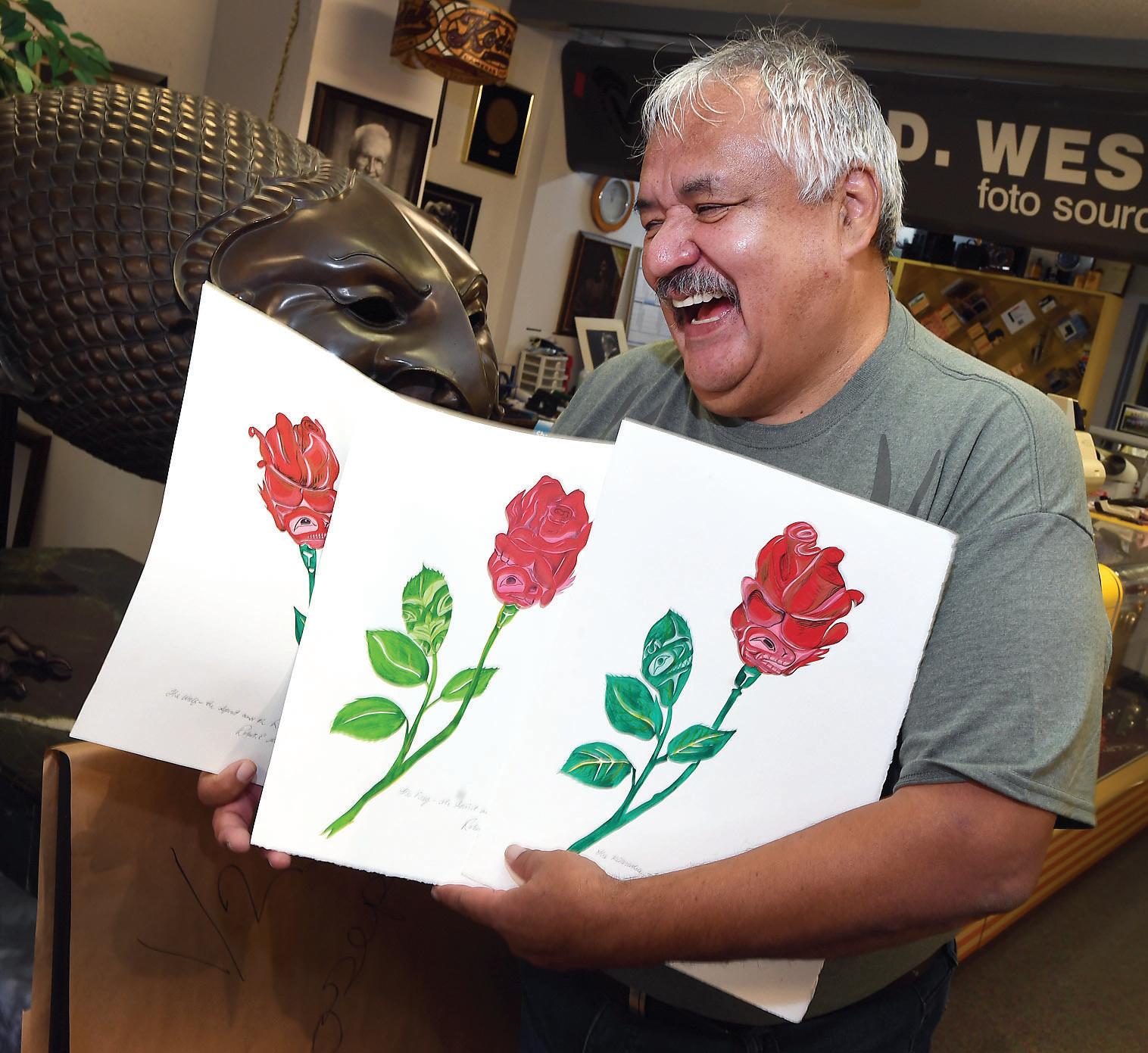
Sebastian called this “twinning, led by the female but then joined by the man.” Sebastian said the seed of these three roses trace back in his mind to 1971 when he was a student at the College of New Caledonia. He was invited into a meeting with the originators of what would become the Prince George Native Friendship Centre. He was there at the

grassroots level of what would become, today, one of the most dominant forces of healing and learning and social development in the region.
Most of those involved in the development of the organization back at the beginning, he said, were highly motivated, highly capable women.
“I was the first director of what would become the Native Friendship Centre, and I was surrounded by special aunties who guided me through the foundation of a good organization,” he said.
Sebastian has been an artist embraced by celebrities, governments and international collectors. He works primarily at a studio in his ancestral territory at Hazelton.
These latest creations are a combination of modern and Aboriginal traditional styles, painted with acrylics on acidfree paper.
The originals are in the process of being printed in Prince George, “which really is my second home,” by Bill Harasymchuk. A release date this autumn is pending.

Frank PEEBLES Citizen staff fpeebles@pgcitizen.ca
The Musical Theatre Club at UNBC is tuning up for its annual production.
The curtain is just rising on the new university year, and the club is calling for lovers and appreciators of musicals to get involved right away, since it takes until May to prepare their shows.
The production this year will be Dirty Rotten Scoundrels, which has never been performed in Prince George before.
The club has a strong leadership core with several past productions to their credit. The play’s director is Veronica Church, now a veteran of the local stage scene.
Jenny Lind is the stage manager, Maddie Corbett is the props master, and the musical director is Rylee Spencer. They are acutely aware they need a lot of help from the student body.
“It’s required that most of the cast and crew be students, especially in the lead characters, but we have also been able to include CNC students and talent from the general public in past shows,
which comes with its own benefits, like community outreach and bringing their knowledge in for our benefit,” said Lind.
“It helps that we don’t struggle as much anymore to get people coming to us who are interested in things like sound and lighting and costumes,” said Church. “We’ve been around long enough that the word is out there a little bit and people know they can join us with those interests.”
They are even starting to talk about the possibility of one day soon forming a separate club for the stagecraft elements of what they do.
Like most university interest groups, the Musical Theatre Club is operating an information table during the introductory week of the fall semester.
They hope their choice of play will draw in interest, since it’s a comedy, it was a popular movie, but it is fresh in the sense of not being one of the oft-performed Broadway plays that cycle past audiences time and again.
“We put a lot of work into picking this one,” said Church. “We went through
Canadian poet Shane Koyczan said, “Sometimes the medicine we need most comes from remembering who we were so we can reconcile it against who we wish to become.”
As we study the residential school system and its impact, it is very important to remember that it was not the fault of twenty-first century Canadians. It is a part of our history, and very few who committed the crimes are still alive. The wounds of these injustices, however, continue to impact all of us.
Years of forcibly removing small children from their families and placing them in cold institutions rife with many forms of abuse resulted in trauma and the loss of parenting skills. It nearly destroyed a way of life that had been functioning for thousands of years.
Social statistics reflect the long-term impact of these schools. We are dealing with higher rates of substance abuse, mental illness, violence and incarceration; we also see much lower rates of education and income among our Aboriginal populations.
These are reflections of injustice and wounds that need to be healed in order to make Canada the honest, compassionate and caring country that we like to tell the world about.
Many of our families were not even a part of this country when the worst of these crimes occurred. Even the descendants of Duncan Campbell Scott, the Confederation poet and government official who advocated “the final solution of our Indian problem” cannot be blamed. Yet, all Canadians today bear the responsibility for our current state of affairs, and the need to move forward as a people.
Where does the healing process even begin?
Perhaps it begins by embracing who we are as Canadians. We pride ourselves in being honest. Reconciliation begins with truth, but truth can make us uncomfortable.
Many of us were shocked by the Oka crisis in 1990. Roads were blockaded, protests turned violent and the army was called out to prevent further conflict. As a community near Montreal tried to expand its golf course, the Mohawk people
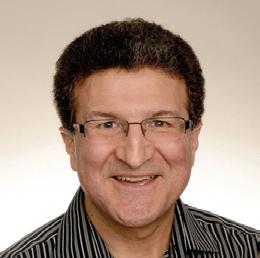
pushed back and said, “No more!”
How had we come to this?
Unearthing the response to this question was the work of the Royal Commission on Aboriginal Peoples. Their 1996 report noted that education was key in helping us to move forward.
It is encouraging to see changes in Canadian curriculum. Many are working to bring to light the dark pages of our history.
It is not hard to connect the dots, to understand the problems that exist in our country and where they come from. What is much far more challenging is to map out the way forward toward healing and a just society.
This is even more difficult because we are breaking new ground. While the world is becoming aware of the wounds of colonialism and their impact on current generations, very few have moved beyond this point.
Perhaps the answer, however, is not to have a map, perhaps it is simply to know where we want to go.
As Canadians, we profess to value integrity, equality, education, good health, compassion, diversity, and the opportunity for each person to achieve their greatest potential. We believe that by embracing these values we make our country great, a place that we are proud to call home.
By embracing our values and looking with gratitude toward the people who welcomed the rest of us to this beautiful land, we will find the way forward. It may be bumpy and there may be detours, but we will find the way. We will have to rely on our children to complete the journey for us, but one day our descendants will look back upon us and say, “Those are the people who make us proud to be Canadian.”
Gerry Chidiac is a champion for social enlightenment, inspiring others to find their greatness in making the world a better place. For more of his writings, go to www.gerrychidiac.com.

lists of Tony Awards, we looked for the hits, we looked for good songs. We have a lot of singing talent in the club so we wanted to showcase that.”
After doing speedy, verbally complex Stephen Sondheim lyrics for their most recent performance (Into The Woods), they wanted to change it up to something more smooth and accessible.
“I love Sondheim, of course, but this is such a great score, I just love the music, and we will have a different approach to the vocals with this production,” said Spencer.
“It’s just so much fun. The actors will have a great time making it, the audience will have a great time watching it,” said Lind. “I’m really excited for the ensemble, that’s a real strength of this production.”
There are three lead females and three lead males, which essentially means there are six supporting actors and no real lead at all. The work is dispersed, not piled on one or two actors.
“It’s already a big time commitment for a student, five hours a week of rehearsal time,” said Lind.
“Plus the memorization work you have to do on your own,” said Spencer. “It asks a lot of a student, but when you’re dedicated and organized – and we are –it comes out well.”
They are making a change this year in the performance venue. After trying the Prince George Playhouse and the UNBC Canfor Theatre in the past, they approached the city’s professional theatre company to see if that location could be used, but also tap into the pro skills on staff there.
“Jack (Grinhaus, TNW’s artistic director) was on board with us, and he has been so incredibly helpful, we are so grateful,” said Lind.
“They have been a joy to work with. It’s going to really pay off for the growth of the club,” said Spencer.
The dates of the performances are March 8-10 and 15-17.
Auditions will be held soon, and a rehearsal schedule provided to those selected for cast and crew.
For details continue to watch the club’s Facebook page (UNBC Musical Productions) for notifications.
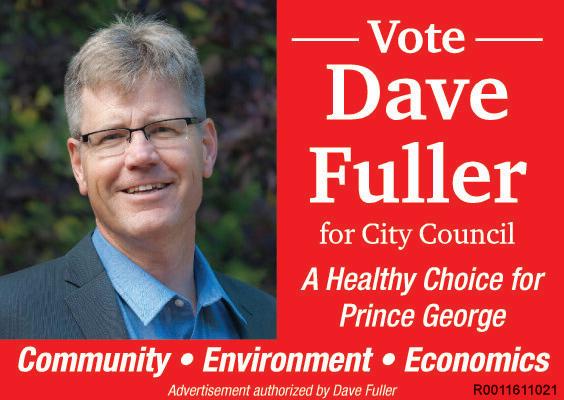




Frank PEEBLES Citizen staff fpeebles@pgcitizen.ca
Jessica Williams is making a meal of her next book.
The emerging children’s author, formerly of Smithers and Prince George before moving to her current base in Swift Current, is set to issue her second title. It’s called Mealtime Monster put out by All Write Here Publishing.
“I have a habit I can’t break, now. It’s just my fun,” she said, after first releasing her debut story Mama’s Cloud and forging directly into Mealtime Monster only three months later, and there are more on the go in the background.
Mama’s Cloud started her career on a deeply personal
note. It was a tale that examined Williams’ post-partum depression following the birth of her first child.
It was a critically acclaimed hit, and Kirkus Reviews Magazine just named it one of its Best Books of the Month for its upcoming November edition. Although lighter in theme, Mealtime Monster went into another common family drama.
“Oh, it’s my life, too,” Williams said, admitting more inspiration from her own reality.
“You write what you know, that’s what they say, for a good reason. I just brainstormed what a child would think about, if they could solve a problem. This book is about a little girl who’s a picky eater. A large percentage of parents can relate to that. I


was probably the pickiest eater when I was a kid, so I know what that was like from that perspective as well.”
The first star of this new story is Iris, a girl who turns her nose up at all the nutritious foods offered up on her family table.
She convinces her parents she’s eating them all when in fact she’s handing it off under the table to the second star of the story, a long-tailed handful of purple hair and gappy teeth. This insatiable monster is happy to gobble all the greens, and Iris soon comes to know why he’s keen on nutrition.
“She gets to reap the benefits of finishing her plate, being great in her parents eyes, and getting that dessert reward,”
Williams said. “But obviously there is a price to be paid. One cannot live on ice cream alone. Things start to go badly and there is a lesson to be learned in there.”
One of the new directions Williams took with her latest literature is the use of rhyme.
The story is told in verse, which adds an extra bite of sweetness when read out loud, but it was not an easy recipe to cook up.
Another new element was Daria Lavrova, an artist from Estonia who Williams found in an online hunt for children’s book illustrators.
“Oh, man, my illustrator is so talented,” Williams said. “Interesting fact about her: she was a lawyer and quit to become a
painter. I love it. When I started talking with her, I left it very open for her interpretation. The only solid requirement I put on her was the monster had to be fluffy and purple, because that was how it was written, and the creature she created is so wacky and fun and I want one of my own to squeeze.”
She’s tested the book out on some of the kids in her life, and Williams is thrilled with the responses. No one is honest like a child, and they’ve given the green light to her green veggie fable.
Mealtime Monster is, like Mama’s Cloud, available in hardcover, paperback and ebook forms. Watch for the sales portals (Amazon and others) to open soon.
Cirtizen news service
Las Vegas will soon have to find a way to go on without Celine Dion, who announced Monday that her concert residency will end next year.
The Canadian music star took to social media to confirm that she will leave Caesars Palace in June 2019, a decision that brought “mixed emotions.”
“Las Vegas has become my home and performing at the Colosseum at Caesars Palace has been a big part of my life for the past two decades,” Dion said in a statement. “Every show we do at the Colosseum throughout this fall, and right up until the
final one, will feel very special.”
She also expressed gratitude to all the fans who have come to watch her over the years.
Las Vegas has been home to her and her family since moving there in 2002.
Her suburban Vegas home in Henderson is where her husband, Rene Angelil, died in January 2016 at age 73. Angelil, who was battling throat cancer, was also her manager.
He is credited with moulding Dion from a Frenchspeaking ingenue into one of the world’s most successful singers. The couple shared three children.
His death drew an outpour-
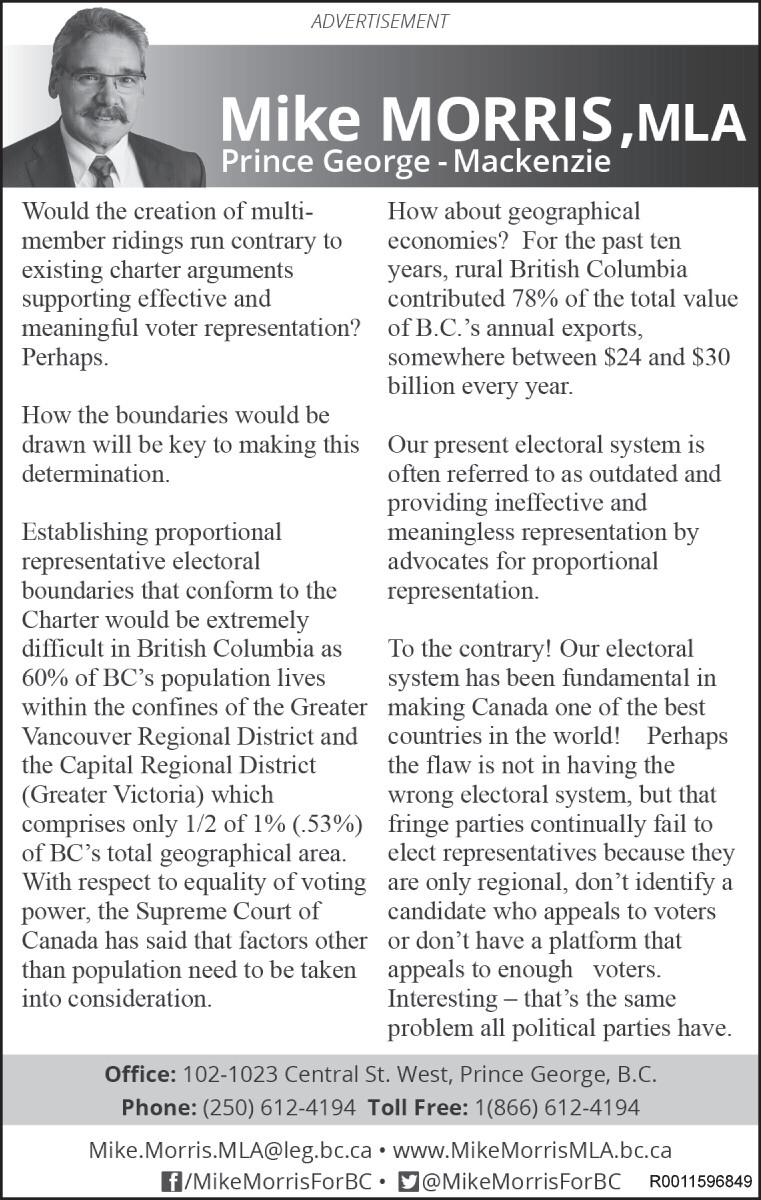
ing of sympathy from Nevada politicians like U.S. Sen. Harry Reid. At the time, Reid said the couple took a risk on Las Vegas when Dion agreed to take up residency at The Colosseum. Their support was always appreciated.
This will mark the end of Dion’s second long-running residency at Caesars Palace. Dion has performed nearly 1,100 shows there since 2003. The first time was from 2003 until 2007. Her current residency began in 2011. Tickets for next year’s shows go on sale Tuesday.
Her final concert will be June 8, 2019.
customers are reading this ad right now.


By the power of Grayskull... I have the power!
Because of the power of Netflix, I was able to introduce my children to some of the more “classic” cartoons that I loved as a young girl.
I say “classic” because saying “old” makes me feel uncomfortable.
Scrolling through the Kids section of Netflix (which is organized poorly, in my opinion), I came across He-Man and the Masters of the Universe and its girly counterpart, She-Ra: Princess of Power.
I admit, I was excited about re-watching them and curious to see if they would hold up, thirty-odd years later. As many will remember, binge-watching used to only occur when your parents would let you rent the same VHS tapes over and over again.
If you really loved the show, you could rewind it and then watch the video again in the morning before you had to return it. Under no circumstances could you return the VHS late otherwise your mom would not be happy.
Let me be clear: my kids did not want to watch these cartoons. At all. They looked dumb, old and boring from the video clip. Nevertheless, I persisted and we watched the first episode of He-Man and She-Ra and I am pretty sure that they hated it. I kind of loved it. But, yes, they were utterly terrible. So, so, bad. At one point, my almost fiveyear-old daughter asked me why they looked like they were robot-talking. I tried to explain something about animation and “back in the day” but I don’t think it helped. My son could not understand why there were comets, aliens, skull-monsters, swords, flying cars and talking green tigers, all at the same time.
I couldn’t explain.
There were so many things that I forgot about. Castle Grayskull is part of the good guys’ lair; when Prince Adam
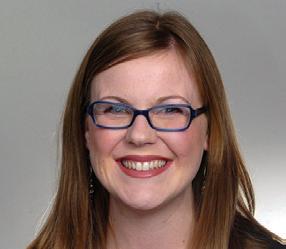
activates the power of the sword, he becomes more tanned as he loses his clothes; He-Man looks like a wig on a steroid action figure. The graphics are terrible, the plot is ridiculous and I am dumbfounded as to why everyone is wearing leotards and headbands. But She-Ra has a unicorn Pegasus, called Swift Wind, so even if the animation sequences are recycled fairly frequently for a twenty-minute episode, we may be watching it again because who doesn’t love a flying horse?
I have a few questions still left unanswered: before the She-Ra spin-off came out, there was no mention of a mysterious twin sister. What kind of parents forget that one of their babies was stolen by a red-eyed skull, cyborg-type creature? Also, I forgot that Adora, (She-Ra’s alter ego), was actually raised by the evil Horde.
Luckily, the Sword of Protection, found her and then she became the mighty SheRa. It is a ridiculous show that I smiled with nostalgic guilt as each strange, half-familiar creature limped across the screen. Meanwhile, my kids complained incessantly and wanted to watch Teen Titans Go instead.
For better or worse, all of the silliness that we used to watch is back in some way and available for ridicule. Somethings may be better off left in the recesses of nostalgic joy rather than watching them in the cold, harsh light of the present. But sometimes there are shows that are worth a re-watch.
Does anyone else have an embarrassing favourite that either holds up to scrutiny (or really does not hold up)?


Unlike the Americas, Europeans and others had known about Africa for centuries prior to the 1800s. Yet unlike the Americas there had been few attempts to colonize and none to explore the interior of the continent.
The northern coastline was known – the wonders of Egypt, the remains of Carthage, the base of the Moors who conquered Spain, the ports of the Barbary Pirates, and more.
But Africa south of the Sahara remained dark and mysterious. When European explorers wanted a sea route to China, some Dutch settlement took place in what would later be South Africa and later pirates would find a base for their operations on the east coast.
The French established a presence in Senegal; the Portuguese traded for spices close to Zanzibar. None ventured more than a short distance inland.
It was not that Africa lacked resources for trade. Gold, ivory, salt (worth almost as much as gold), exotic animal fur and more tempted traders. Save Ethiopia and Prester John, Christianity had not penetrated the jungles and while Islam ruled the northern coastline, south of the Sahara remained with diverse forms of animism amongst the tribes.
With a vastly different climate than Europe, Africans built castles, fortresses, and homes to suit their environment and available materials.
Like the Americas, tribes had spheres of influence around their territories for trade and war. Kings and Queens, princes and princesses, and nobility stratified the tribes just like everywhere else in the world. In many tribes the concept of personal property was vague save for the nobility.
Tribal territories grew and shrank just as nations did in Europe.
As trade expanded, those tribes located along the coastlines reached inland to serve as middlemen between the unknown tribes of the interior and the European traders. Legends, myths, and imagination made tales of the interior vivid and often horrific.
That is how matters remained until
willow arune
the 1850s. The Dutch and then the British clustered in small colonies near the southern tip. The Portuguese stayed along the Mozambique and Angola seaboards and the French in Senegal and later, Gabon – all close to the sea.
Some historians suggest that the change in European interest in Africa came with the advent of the steamship. Unlike the sailing ships that had no need to refuel, the steam engines required coal and lots of it. Those ships that plied the trade routes to India and and China could not do so without refueling. A refueling station led to permanent settlements of Europeans. Gradually, these outposts of empire expanded, increasing the interaction between Europeans and Africans.
The Americas prospered on the rich trade in sugar and cotton, both of which gave rise to a need for plentiful and cheap labour. The Native Americans had been worked to death or died in one of the endless plagues that the Columbus Exchange had brought across the ocean. A new source of cheap labour had to be found.
While slavery was certainly not unknown in earlier times, now black slaves became a commodity and principle export from West Africa.
That trade brought all the associated evils and cruelty. Arabs and Blacks captured natives from the interior, transported them to ports that sprang up especially along the south coast of West Africa and sold them to the waiting “slavers.”
Those who survived the journeys westward provided the labour needed to pick the crops of the New World. Spanish, French, English, and other ships carried their human cargos to all of the Americas.
In time, the black populations where plantation agriculture flourished vastly outnumbered the native and European populations.
In Europe, there was no thought of

colonizing any more of Africa. No religious zeal or commercial avarice could persuade any normal man to venture into the African interior. But then, few would accuse Dr. John Livingstone of being normal. He and three or four others thrust their way across the continent. Livingstone came north from the Cape into the heart of Africa and became a legend and a saint to many.
His letters to the outside world opened the minds of others to the wonders of Africa. A news reporter, Henry Stanley, was given the opportunity to locate Livingstone. His adventures, culminating with the famous line, “Dr. Livingstone, I presume,” would lead the start of what is now called the Scramble for Africa, changing his life and the lives of millions forever.
Meanwhile back in Europe the second king of a new country, Leopold II, King of the Belgiums, was looking about to enhance his country and his own wallet by finding a colony.
England had many, so too did France, Spain, Portugal – even Denmark and Holland had colonies. It was intolerable that Belgium should not have even one especially as Leopold was prepared to spend a vast amount of his own money to buy one. Most of the world was “taken” by the early voyages of national explorers claiming vast territories while never venturing far from the sandy beaches.
Belgium was ill equipped to send ships to sea to seek out new and unclaimed lands, assuming any remained unclaimed.
Well, Leopold was not deterred. He would buy a colony from a country that had some. He turned to Spain hoping to buy the Philippines. Rebuffed, Mozambique or Angola would serve but Portugal was not interested. Timor, perhaps? No. His next choice was New Guinea, then a colony of England and well off any beaten track. His offer was turned down.
Just at that moment another African explorer had emerged on the west coast of Africa having travelled across the continent from the east. The journey took him three years.
For the English newspapers, this was just the hero they wanted. Bells ring-
ing and banners flying, the weary (and nearly dead but recovering) traveller was feted and honoured as he loudly proclaimed the land to be of “unspeakable richness.” In Brussels, one could almost hear a royal voice muttering “Africa?”
Leopold was aware that if he tried to claim a large portion of unknown Africa as a colony other countries would object and object loudly.
He had no navy to transport an army to take possession and his army was certainly not large enough to protect a colony even if they were able to get there. His government did not support his quest for a colony.
The climate was known to be brutal, the jungle a challenge, the rivers dangerous, and the riches unknown.
In short, there were many reasons why Belgium would be foolish to lay claim to a piece of Africa and few to go forward. Unless, that is, it was not Belgium claiming the colony.
What if Leopold, in some manner, claimed it not as a colony but for some laudable Christian purpose, some noble venture?
Europe had promoted perhaps the vilest degradation of a people for years by endorsing slavery of the blacks. The guilt of the slave years could not be erased but it might be lessened by now doing good works – God’s work – in raising Africans up to join the civilized and Christian nations of the world.
Now, this was pure poppycock but it sounded virtuous. It would play well in the press and amongst the public. Leopold would lead the powerful nations in bringing Christianity and civilization to the Dark Continent.
Leopold pondered how he might do this and developed a plan.
He would spearhead a Christian mission to Africa, imbibed with the purpose of educating, civilizing, and baptizing Africa.
A truly noble purpose that would stir the major European powers to join a new crusade. What a wonderful idea! But it would have to be played out very carefully with no hint of crass capitalism or profits. Afterwards?
Well, who knows what might happen? To be continued...
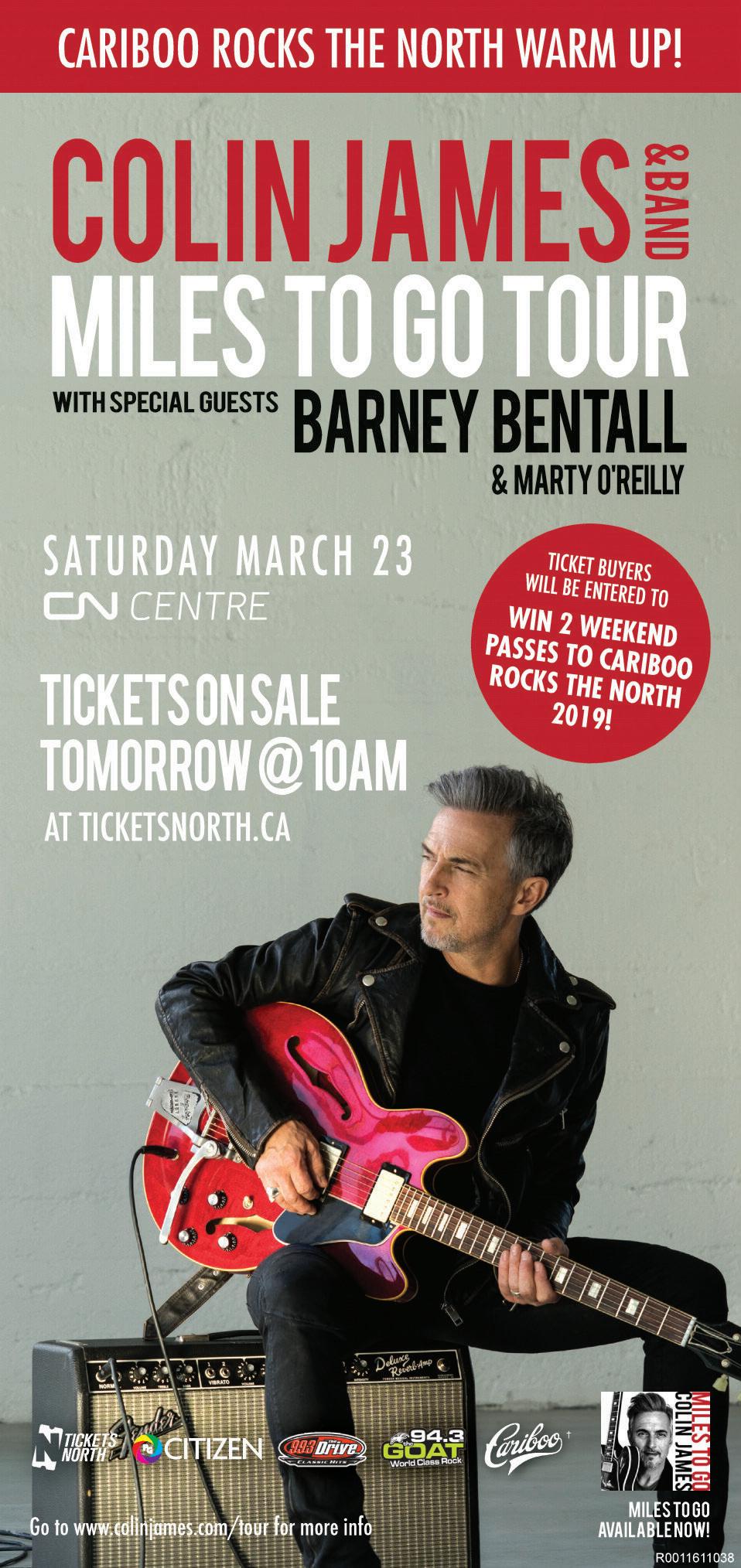
Citizen news service
The car, notes Lawrence D. Burns in his book Autonomy, is “terribly inefficient.” The internal combustion engine converts less than a third of a gallon of gasoline into actual kinetic energy – “the rest... is wasted as heat and sound.” And most of the kinetic energy goes to simply moving the (increasingly large) car itself. “Only about five per cent of the gasoline energy... is used to move the driver,” Burns writes.
Most people drive to work alone, in cars with too much capacity and engine power for that purpose. Then there’s the fact that most cars sit unused 95 per cent of the time. Not to mention the societal costs in death and injuries, the environmental costs of the cars themselves, and the infrastructure supporting all this inefficiency.
If this sounds “insane,” as one observer put it, Burns reports that he “couldn’t agree more.”
This might read like the buzzkill PowerPoint of some progressive transportation think tank analyst. But Burns was, for many years, a vice president at General Motors, whose workforce, he points out, once exceeded the combined population of Delaware and Nevada and whose fortunes were intrinsically yoked to the country at large.
then there’s the fact that most cars sit unused 95 per cent of the time. not to mention the societal costs in death and injuries...
Burns did eventually go to work for a think tank – he’s the director of Columbia University’s Program on Sustainable Mobility at the Earth Institute – but for much of his life, this Detroit-born-and-bred engineer, schooled at a General Motorsrun college before taking his first job with the company, worked firmly within the system, crafting massive 10-year plans and optimizing production processes.
But, he admits, he “never felt like a car guy.” He was, at heart, a “mobility guy,” and mobility guys did not necessarily think that single-occupant-driven SUVs (still the bread and butter of the auto industry) were the best way to move the most people around most safely and most efficiently.
The story he sets out to tell in Autonomy, aided by the writer Christopher Shulgan, is one of increasing disenchantment with the status quo in Detroit. The car, after all, had barely changed since the Model T: “Gas-fueled, run by an internalcombustion engine, rolling on
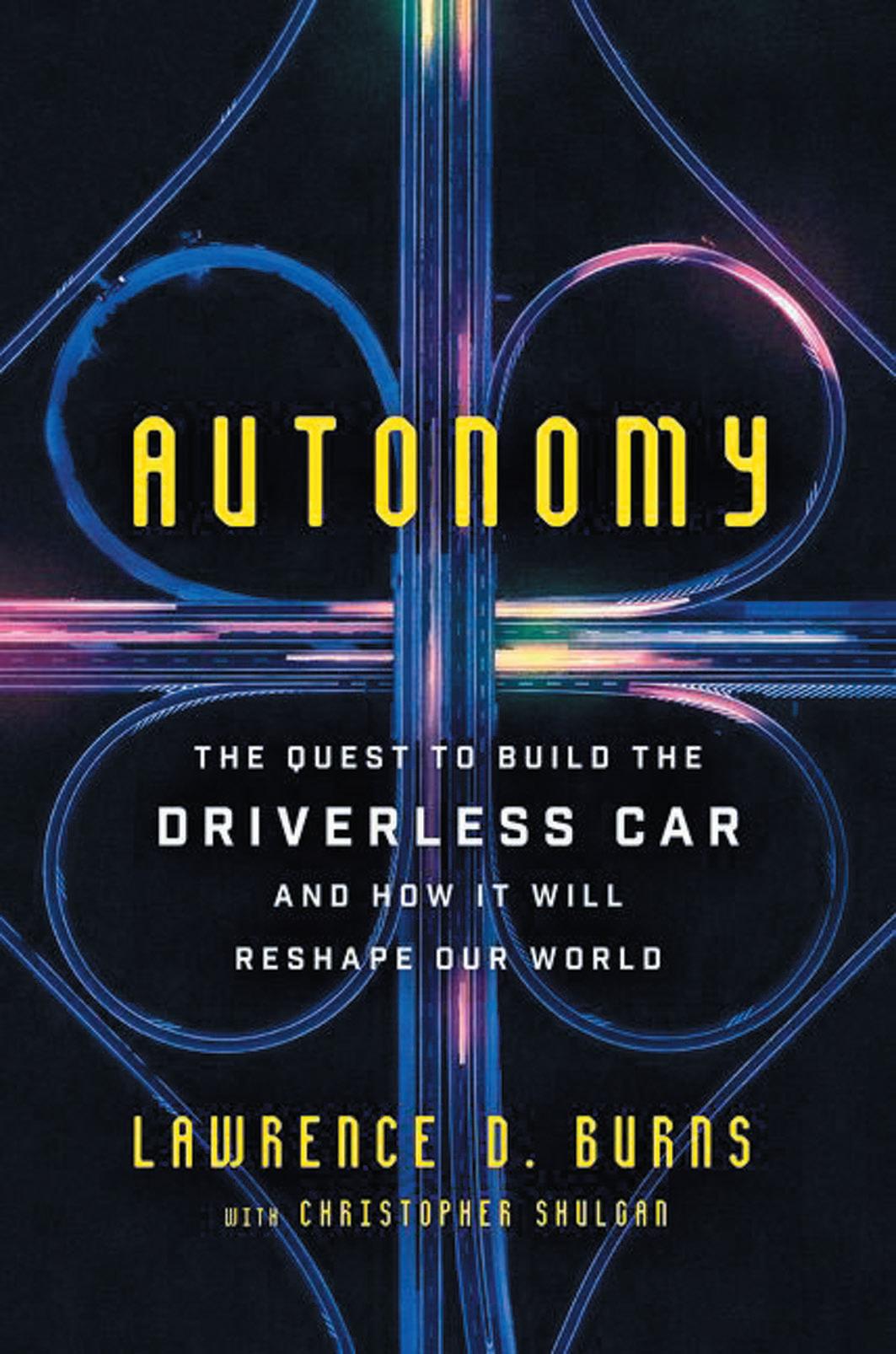
four rubber tires, with the passengers protected by a windshield and four doors.”
Sure, there was plenty of incremental innovation, but the car was an entrenched technology stubborn to change.
However, an epiphany was to come – from the desert where teams of roboticists were competing to come up with a way to reduce the number of soldiers dying while driving Humvees. The challenge from the Defense Advanced Research Projects Agency (DARPA) had rival groups working to get their driverless vehicles across the finish line on a course in the Mojave.
Burns later agreed to sponsor a team from Carnegie Mellon as it embarked on the biggest challenge yet: piloting an autonomous vehicle through an urban environment.
This is not exactly the realm
of “The Right Stuff.” Here we have slow-moving cars bumbling through parking lots and patiently navigating four-way intersections.
But you can sense the excitement in Burns, an engineer at heart, as the team works through the night in unheated trailers in Pittsburgh winters on what would eventually be the winning entry: a modified Chevy Tahoe, named Boss, that successfully completed the 60mile course.
For Burns, this was more than a proof of concept, it was a nascent revolution, the sort of mobility disruption he hoped to see: He longed not only to take the internal combustion engine out of the vehicle but to remove the driver. The concept was launched as the Internet sharing economy took off. Now humans could be freed from parking –cars would do it themselves.
And freed from driving – a driverless car ordered online would come pick you up and take you wherever you wanted to go. But, as Burns tells it, the industrial story is a familiar one: brave innovators running up against organization men. Unlike the “move fast and break things” ethos of Silicon Valley, Detroit took years to move from concept to prototype.
And the car guys mostly just didn’t get why people would not want to drive. During the Urban Challenge, Burns notes, Google sent a “planeload” of senior executives; GM, by contrast, sent only him.
In Silicon Valley, the human driver was regarded as a bug – not a feature – in a car. For decades, the car guys in Detroit had sold cars on the promise that driving was freedom. Now the fear was that robot cars were the beginning of the
end of humans. An ad for the 2011 Dodge Charger shows the human-driven vehicle picking up speed as a voiceover intones: “Leader of the human resistance.”
The ad, presumably, was at least partially tongue in cheek, but it does illuminate a shortcoming of Autonomy. The book is a passionately argued, youwere-there account of the birth and rise of the autonomous vehicle from an authoritative Detroit voice. Burns, a technological utopianist (and one of the first people to get a cochlear ear implant), makes a number of compelling arguments for why smaller, self-piloted, shared vehicles make sense. But we don’t hear much about that other great engine of the car business: consumer desire. Do people want to be driven? Corporations can be intransigent, for sure, but so can consumers. Seat belts in cars, for example, were introduced almost 70 years ago, but they were quickly abandoned because consumers resisted them, and it took many decades for this standard safety feature of today to gain acceptance. As with seat belts, it may take more than simple availability for consumers to adopt the technology.
And the engineering hurdles are signficant. Making cars drive themselves is, as Uber’s co-founder Travis Kalanick once put it, a “hard problem.” Human transportation, however, can be a wicked problem. Fixing one problem can often lead to unintended others (Uber, which was posited as a way to smooth traffic by reducing car ownership, has arguably taken people off public transit in New York and helped worsen congestion.)
And even the much-publicized early fatalities attributed to autonomous vehicles – two Tesla drivers using autopilot and a pedestrian struck by an Uber test vehicle – may have been results of programming decisions made by humans.
A larger question, not much discussed in “Autonomy,” is how much risk we are willing to accept to have autonomous vehicles.
What role should ethics have in the programming: Do we prize safety over speed and efficiency? And who should be the ultimate arbiters of those decisions?
Burns is right to envision a better future with computer-assisted driving (simply eliminating the possibility of drunken driving would save thousands of lives in the United States alone).
But like a parent handing the car keys to a newly licensed teenager, relinquishing autonomy to computers – which also seems inevitable – will come with a curious mixture of hope, fear, regret and more than a few mishaps.
“Enjoy the ride,” Burns offers as his final words – but do buckle up.

Citizen news service
One of the biggest challenges facing car companies developing driverless vehicles has little do with sophisticated robotics or laser technology.
Instead, they must engineer something far more amorphous but no less important: human trust, the kind that is communicated when human drivers and pedestrians make eye contact at a crosswalk.
Surveys indicate that large portions of the public harbor deep reservations about the safety of self-driving technology, so Jaguar Land Rover enlisted cognitive psychologists to learn “how vehicle behaviour affects human confidence in new technology,” the British automaker said in a news release.
Their solution: virtual eyes, a large, cartoonish pair that bring to mind the plastic googly eyes you probably glued onto projects in elementary school.
The eyes have been fitted to autonomous vehicles known as “intelligent pods.” Devised by a team of engineers, the eyes seek out nearby pedestrians before “looking” directly at them – silently signaling that the vehicle sees them and plans to remain stationary so they can pass, the
company said. Before and after the interaction, engineers record trust levels to determine whether human test subjects experienced sufficient levels of confidence in the pod, the company said. So far more than 500 people have been observed interacting with the expressive vehicles, but the company hasn’t released details about the interactions.
“It’s second nature to glance at the driver of the approaching vehicle before stepping into the road,” Pete Bennett, future mobility research manager at Jaguar Land Rover, said in a statement. “Understanding how this translates in tomorrow’s more automated world is important.
Other industries have applied eyes to robots as well. The industrial robot Baxter has a tablet-like face with eyes designed to communicate the robot’s intentions to nearby human workers, such as concentration when the machine is working or sadness when it’s broken.
People are uneasy about not only interacting with but riding inside self-driving vehicles. An American Automobile Association study this year found that 63 percent of U.S. drivers report feeling afraid to ride in a fully
self-driving vehicle, down from 78 percent a year earlier.
Male drivers and millennials are most trusting of autonomous technology, with only half reporting fear of riding inside a fully autonomous car, according to AAA, which has begun urging automakers to educate consumers about autonomous transportation. Even though human error causes more than 90 percent of crashes, most drivers consider their driving skills better than average and are leery of handing control over to a machine.
“Americans are starting to feel more comfortable with the idea of self-driving vehicles,” AAA Automotive Engineering and Industry Relations Director Greg Brannon said in February.
“Compared to just a year ago, AAA found that 20 million more U.S. drivers would trust a selfdriving vehicle to take them for a ride.”
Jaguar Land River is not the only company exploring how to broadcast messages between autonomous vehicles and pedestrians.
This summer a Mountain View, California-based startup known as Drive.ai launched in a pilot program in Frisco, Texas, in the Dallas-Fort Worth metroplex. The bright orange vehicles

to create trust between pedestrians and self-driving vehicles, Jaguar Land Rover has developed a driverless pod with eyes that signal the vehicle’s intent to human observers.
autonomously ferry people around a geo-fenced office-park complex where about 10,000 people work, eat and shop.
The words “self-driving vehicle” wrap around their Nissan NV200 vans, and the vehicles include exterior panels with messages – such as “waiting for you to cross” – to take the place of a human driver making eye contact or gesturing with a

pedestrian at a crosswalk.
Company officials have pointed out that self-driving cars still “don’t understand certain complex situations such as a construction worker communicating using hand gestures.”
Jaguar Land Rover’s intelligent pods have yet to venture into the real world and instead operate on a “fabricated street scene in Coventry,” the company said.
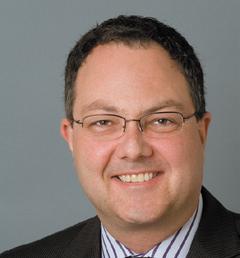
Communication. Collaboration. Cooperation. These three-words were the theme of the 2018 Union of B.C. Municipalities( UBCM) convention in Whistler, but they were also pivotal to discussions that I had, as president and CEO of the New Car Dealers Association of B.C., with a number of elected officials and municipal staff.
The annual gathering of local government councillors, mayors, MLAs and B.C. government ministers provides opportunities for information exchanges and policy development.
UBCM is notable for our Association, in that it’s an opportunity to share a number of key messages with government leaders from around BC, including the powerful economic engine that B.C.’s new car dealers are in driving local communities, information on the latest auto technology, including high efficiency gas engines and electric and hydrogen vehicles.
From conversations with Premier John Horgan, Finance Minister Carol James, Environment Minister George Heyman, to Opposition Leader Andrew Wilkinson, Green Party Leader, Dr. Andrew Weaver and many others, UBCM provided a jam-packed opportunity to engage and discuss a host of issues with government officials and other elected representatives.
I shared our concerns about the layers of taxation (luxury, payroll, etc.), the impact that the weight of these measures have on our member-dealers who are in effect, small and medium-size businesses – and the subsequent trickle-down effect this has on affordability for consumers.
UBCM also provided an opportunity to applaud government efforts that have supported development of the largest electric vehicle charging network in the country, which will allow drivers to travel from Tofino to the Alberta border. The challenge remains in expanding the network to develop more fulsome access to BC’s interior and the North.
As part of our sponsorship of the UBCM event, we hosted a Green Ride and Drive event for delegates, with over 50 government leaders signing up for ride and drives, made possible with our electric vehicle experience test drive partner – Emotive. This opportunity plays a key role in educating leaders who may not have experienced EVs first hand.
At this time, with strong investments in incentives, charging infrastructure and education, B.C. has the highest per capita EV adoption rate in the country. However, our independent research has shown that purchase price remains a significant barrier. In a province where affordability is an issue in many households, that same research shows the ability to access a point-of-sale incentive program such as the CEVforBC is clearly a determining factor for many families.
In large part, this is why our Association continues to advocate that government continues to utilize an approach that is working – using carrots, not sticks, to ensure greater EV adoption.
UBCM provided an opportunity to utilize policy making sessions, government meetings and discussion forums to highlight and accelerate initiatives that matter to our communities – and while there will always be challenges to tackle, it also provides an opportunity to seek out solutions through ongoing communication, collaboration and cooperation.
Blair Qualey is president and CEO of the New Car Dealers Association of B.C. You can email him at bqualey@newcardealers.ca.